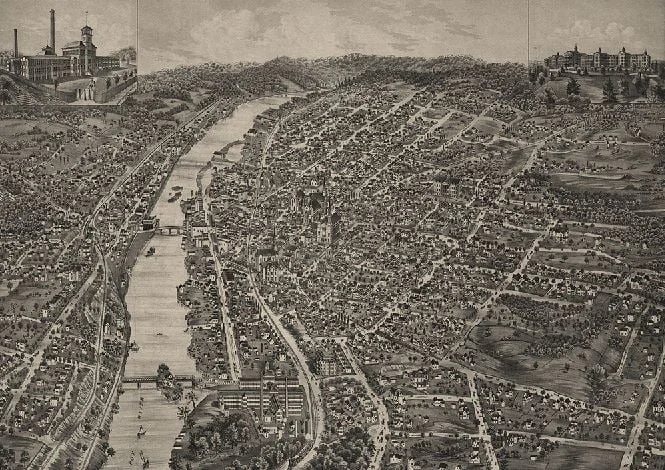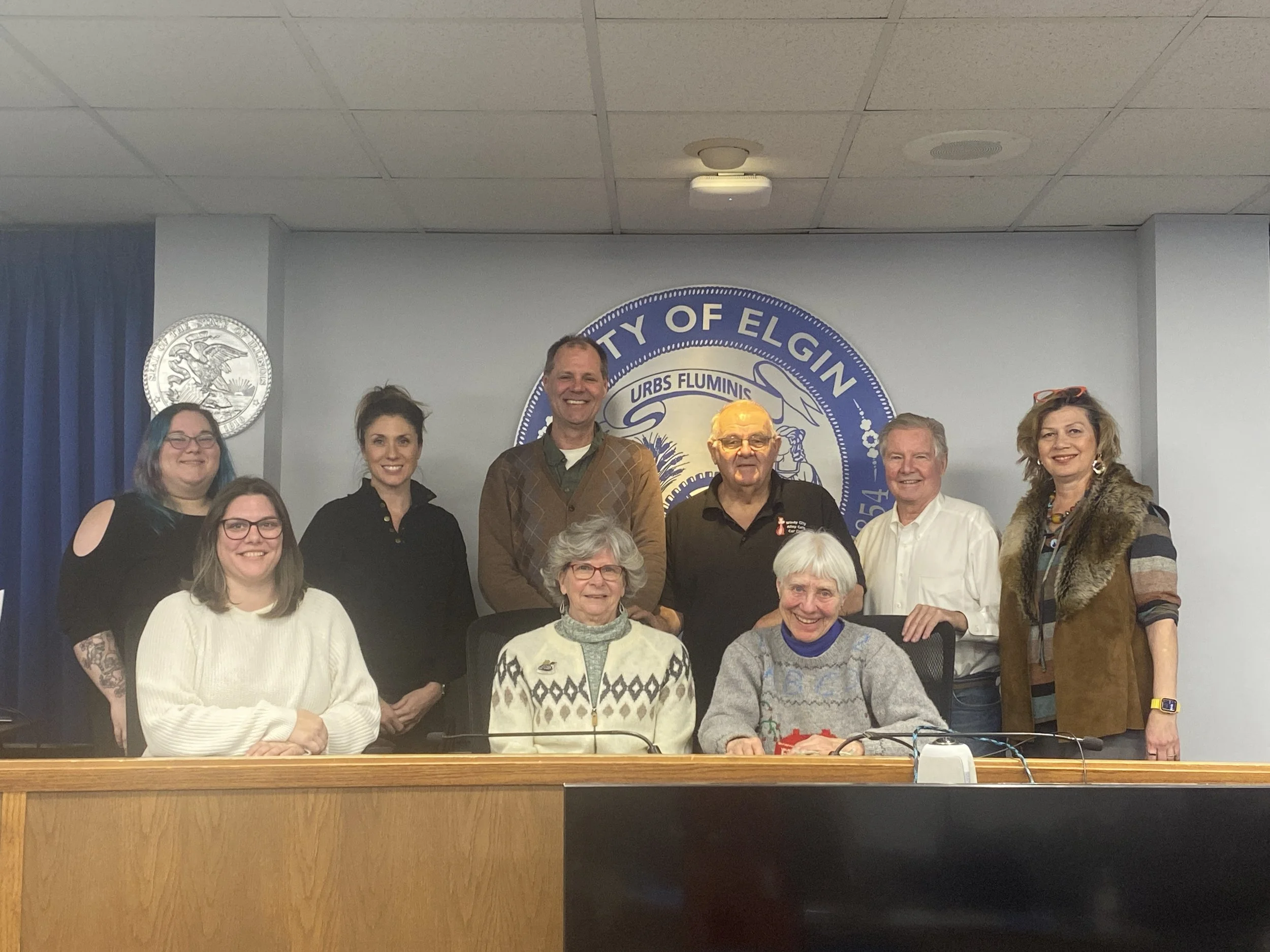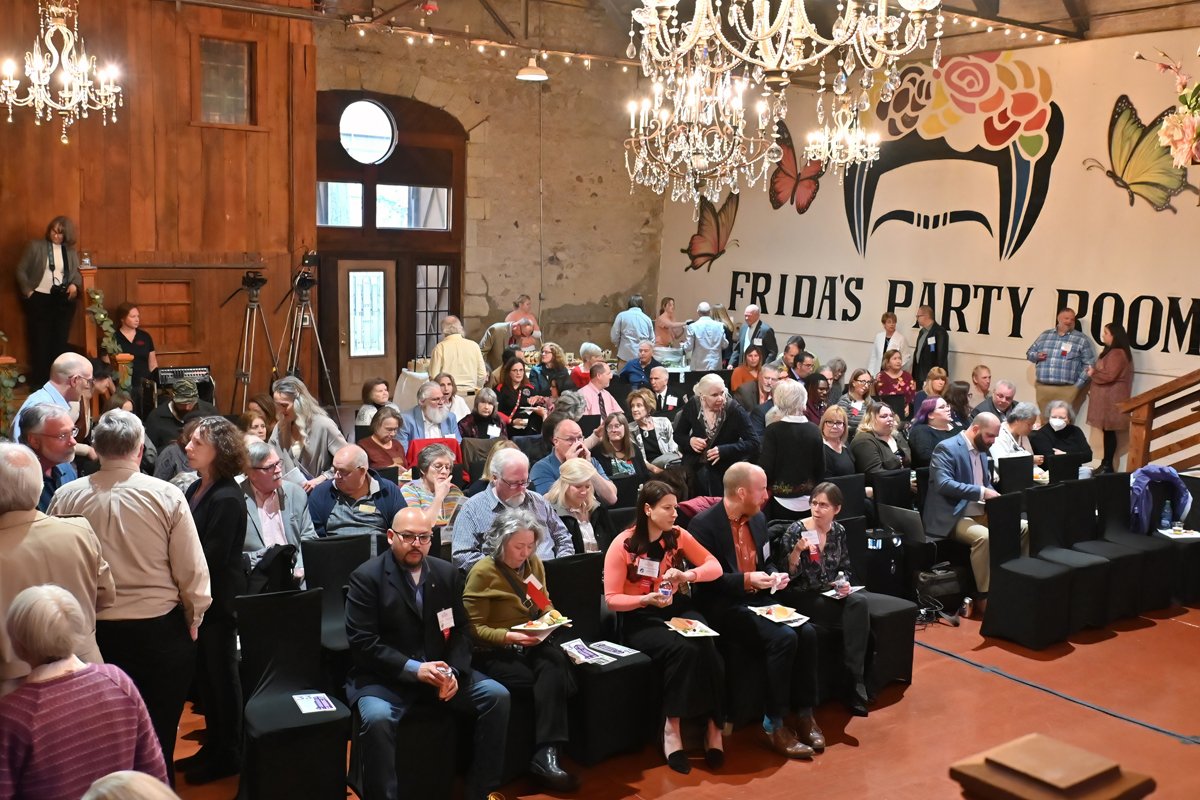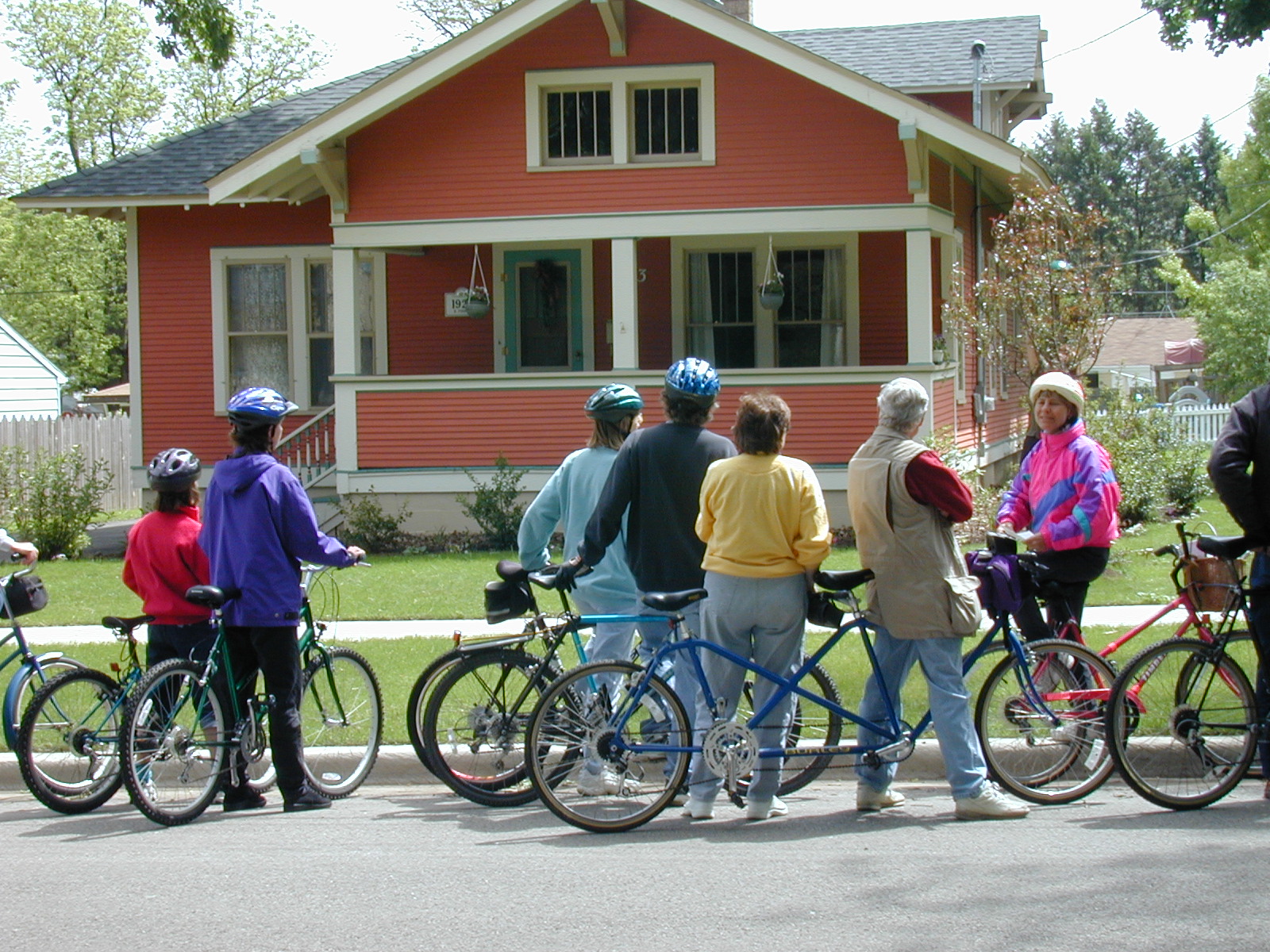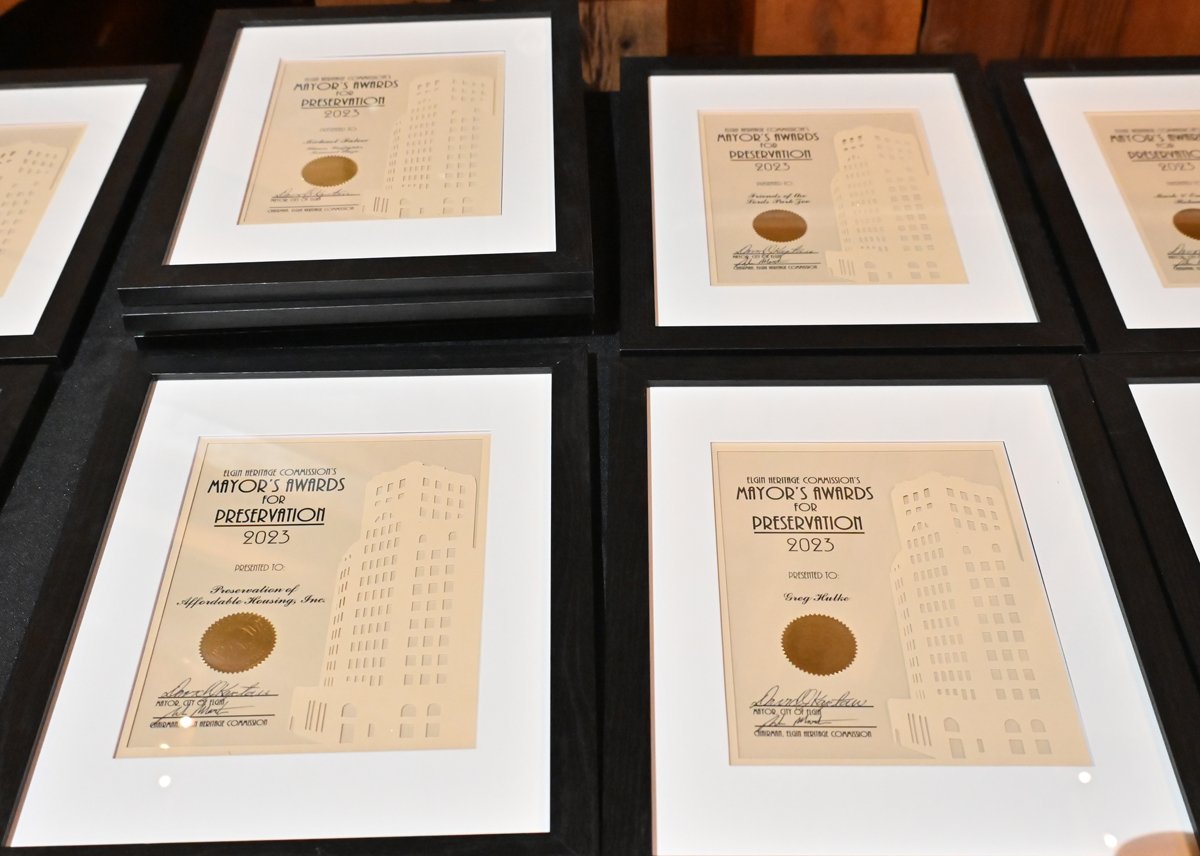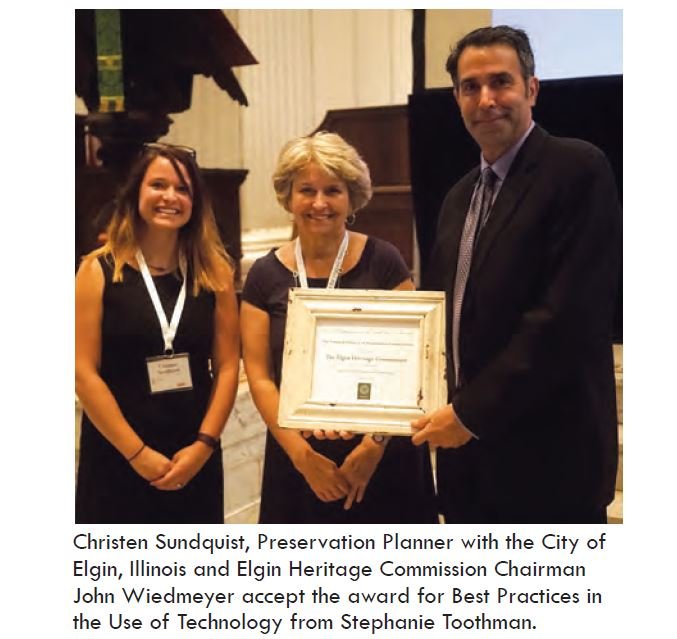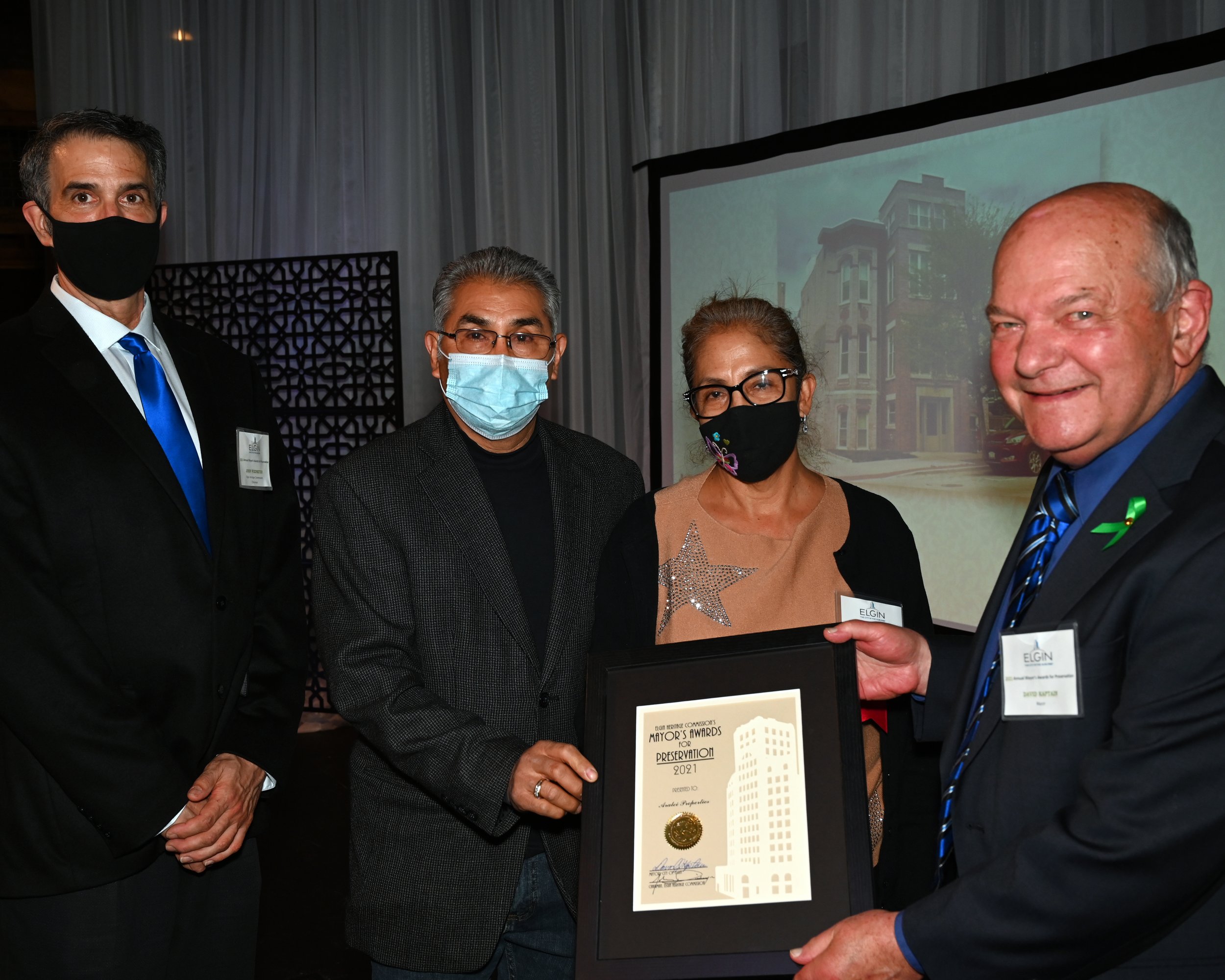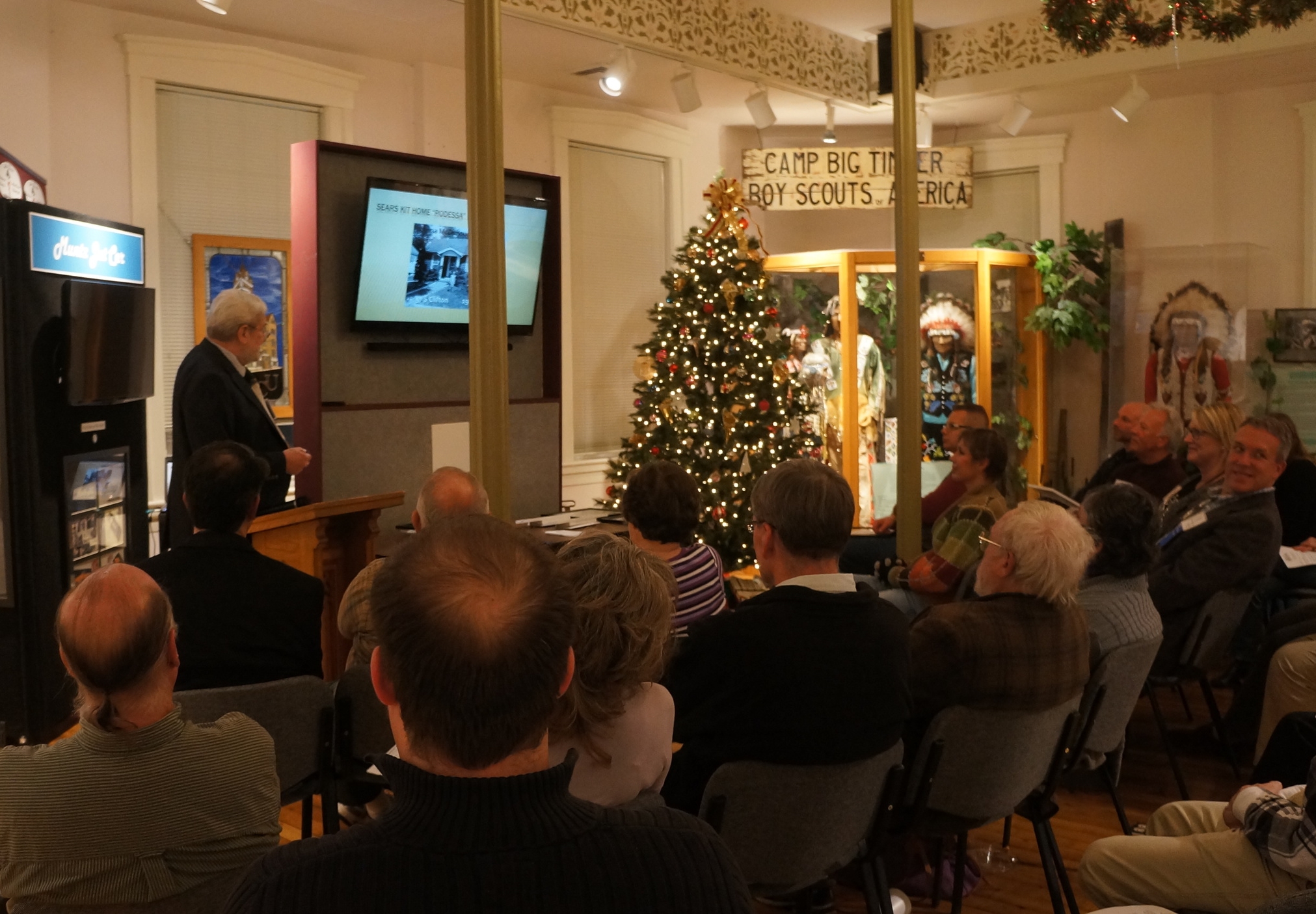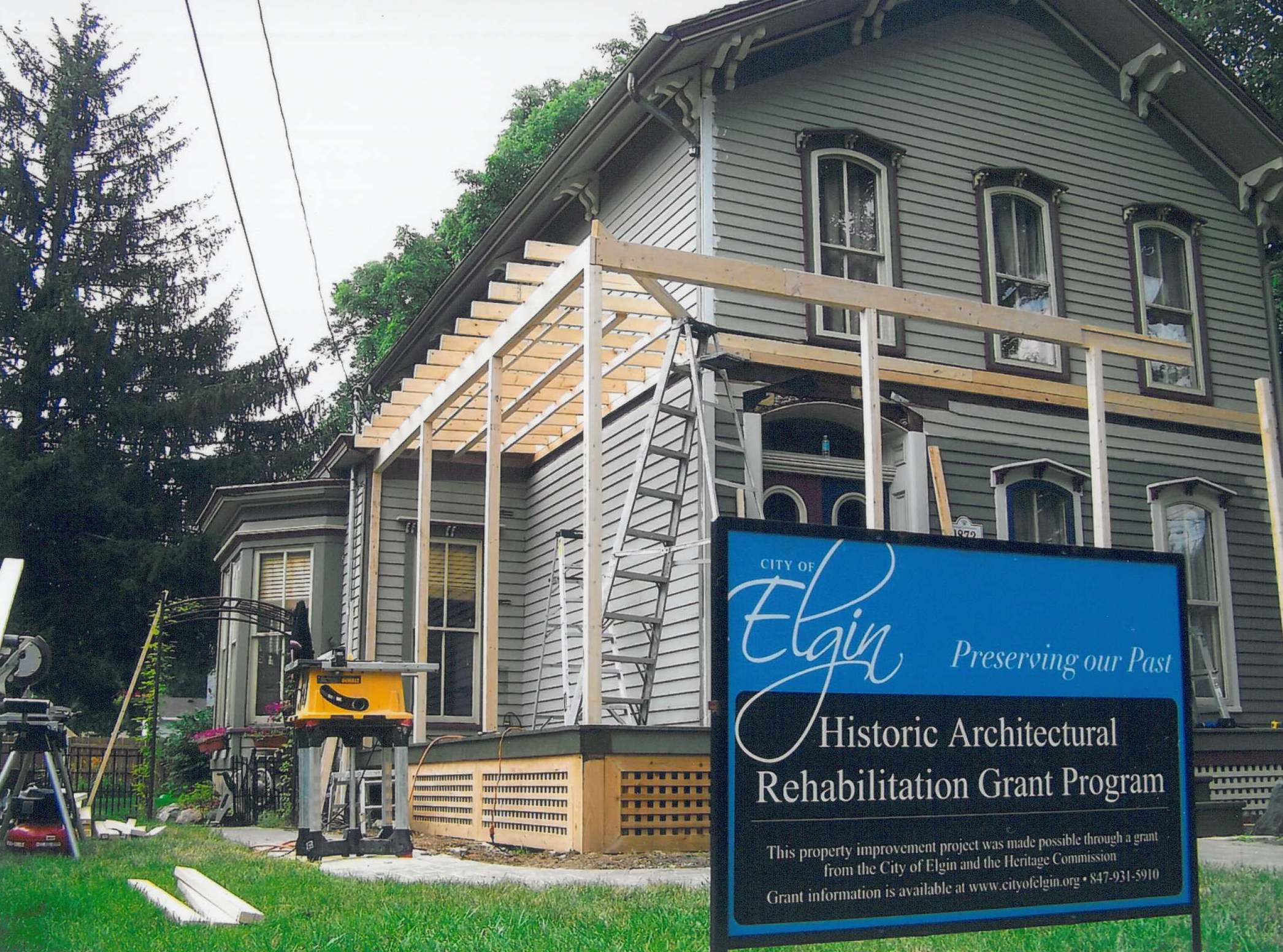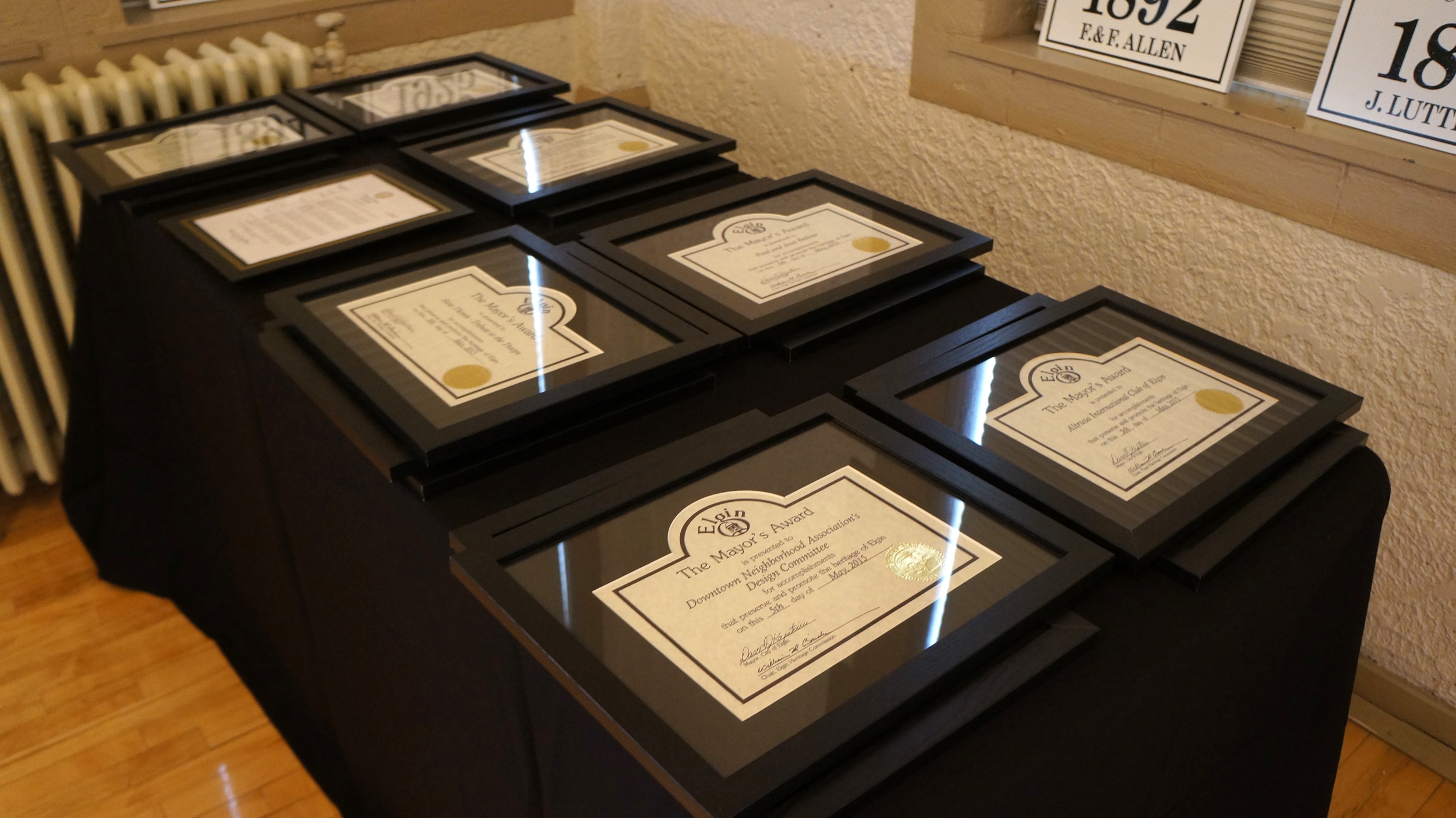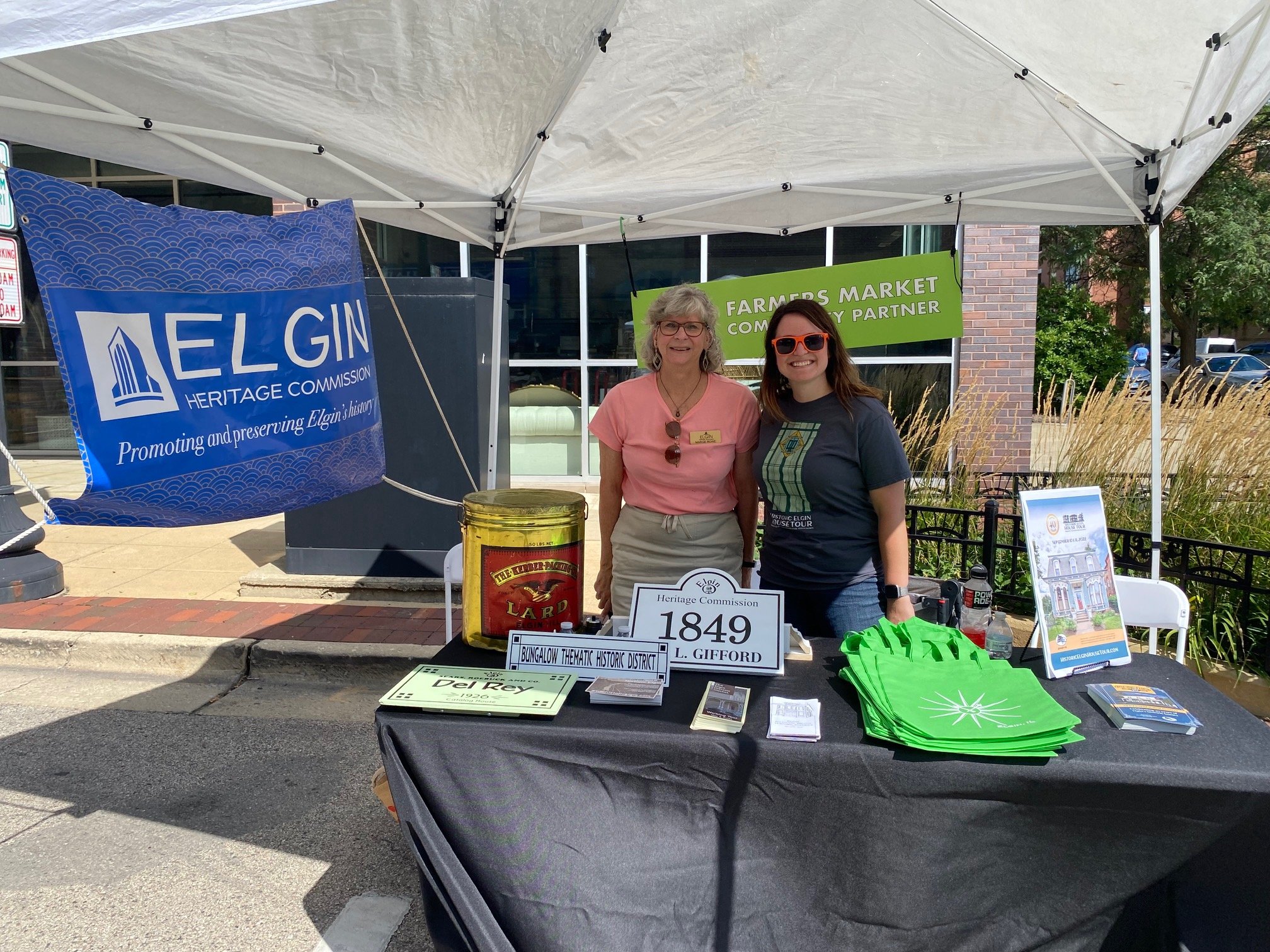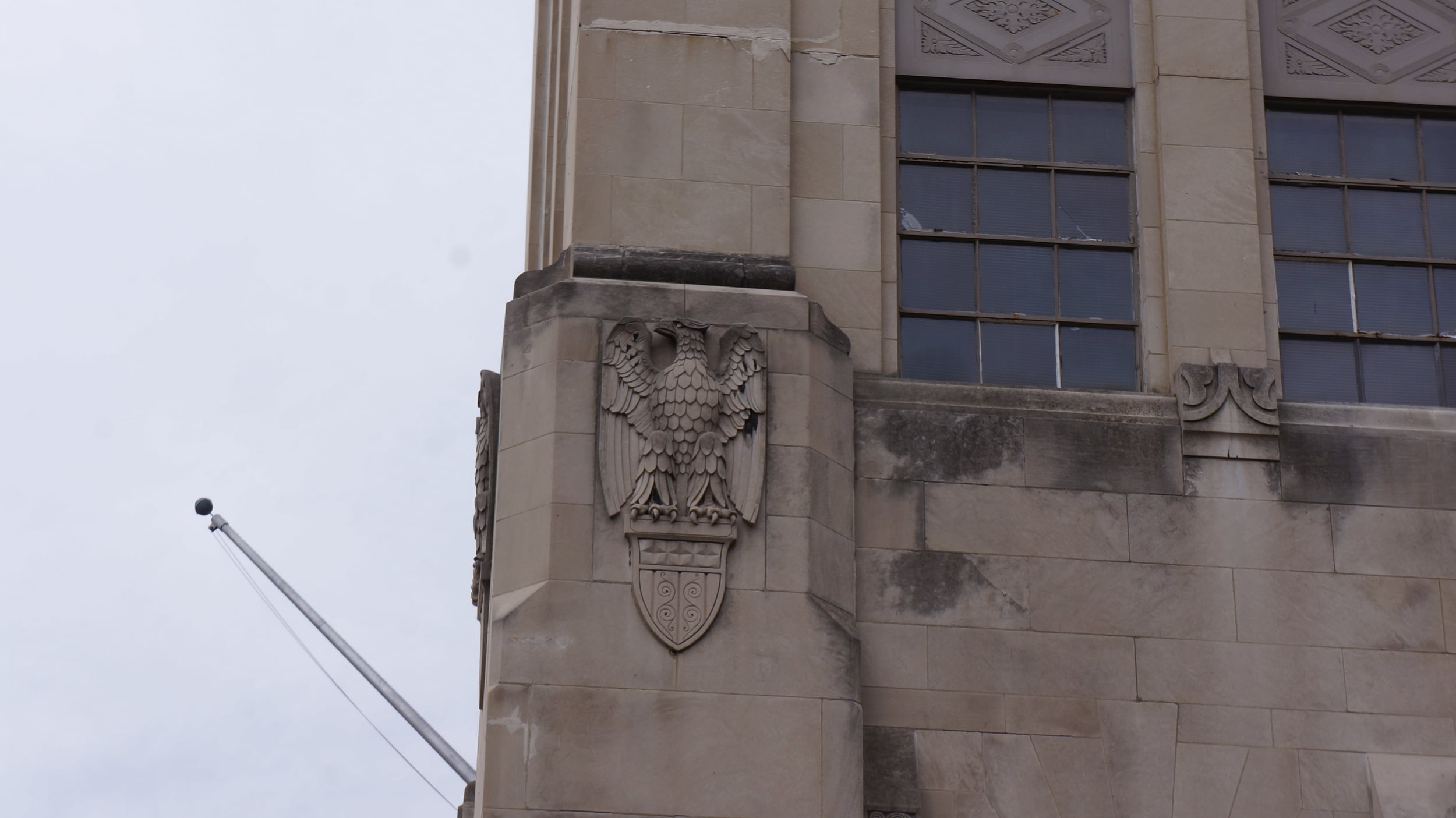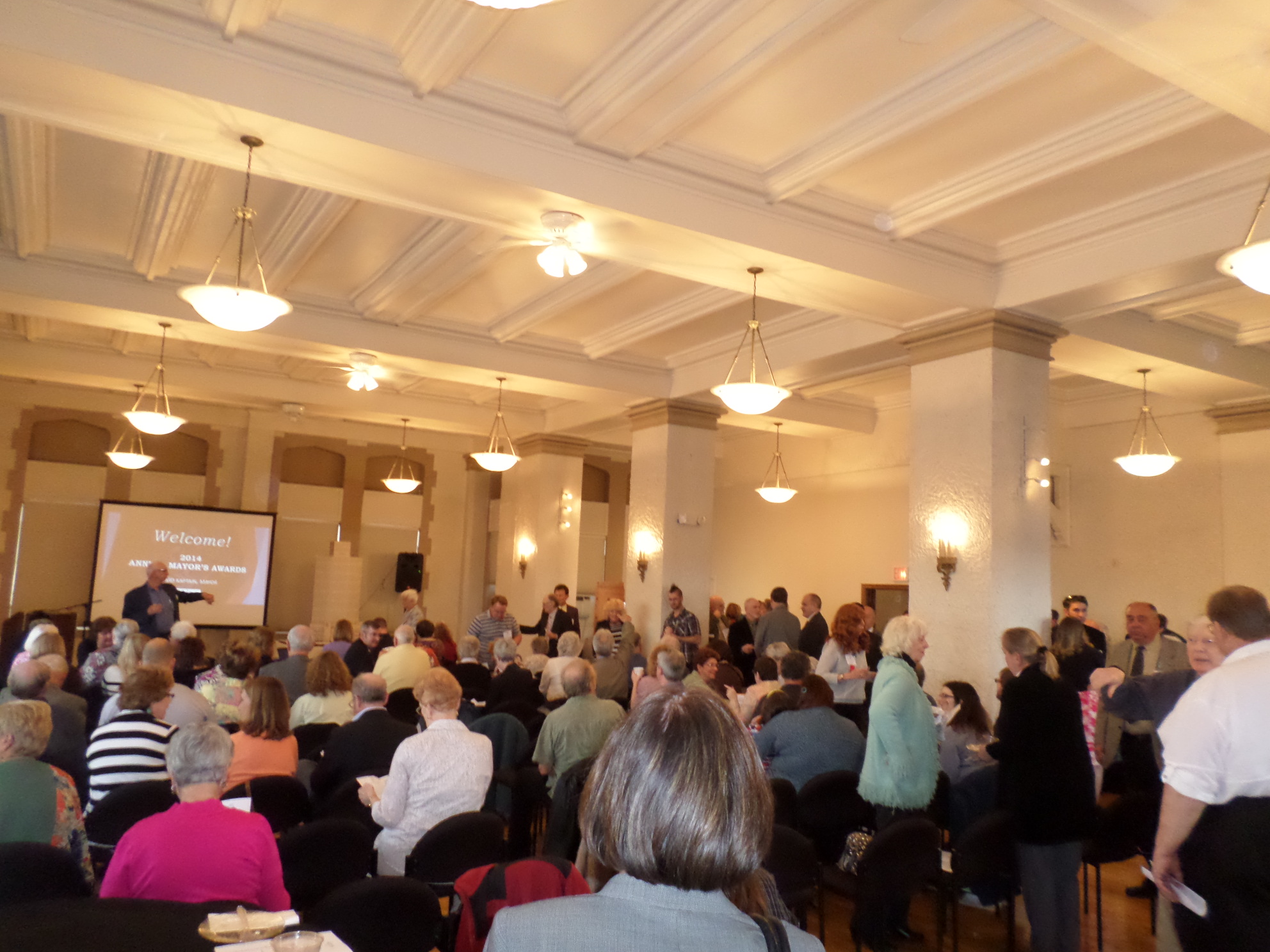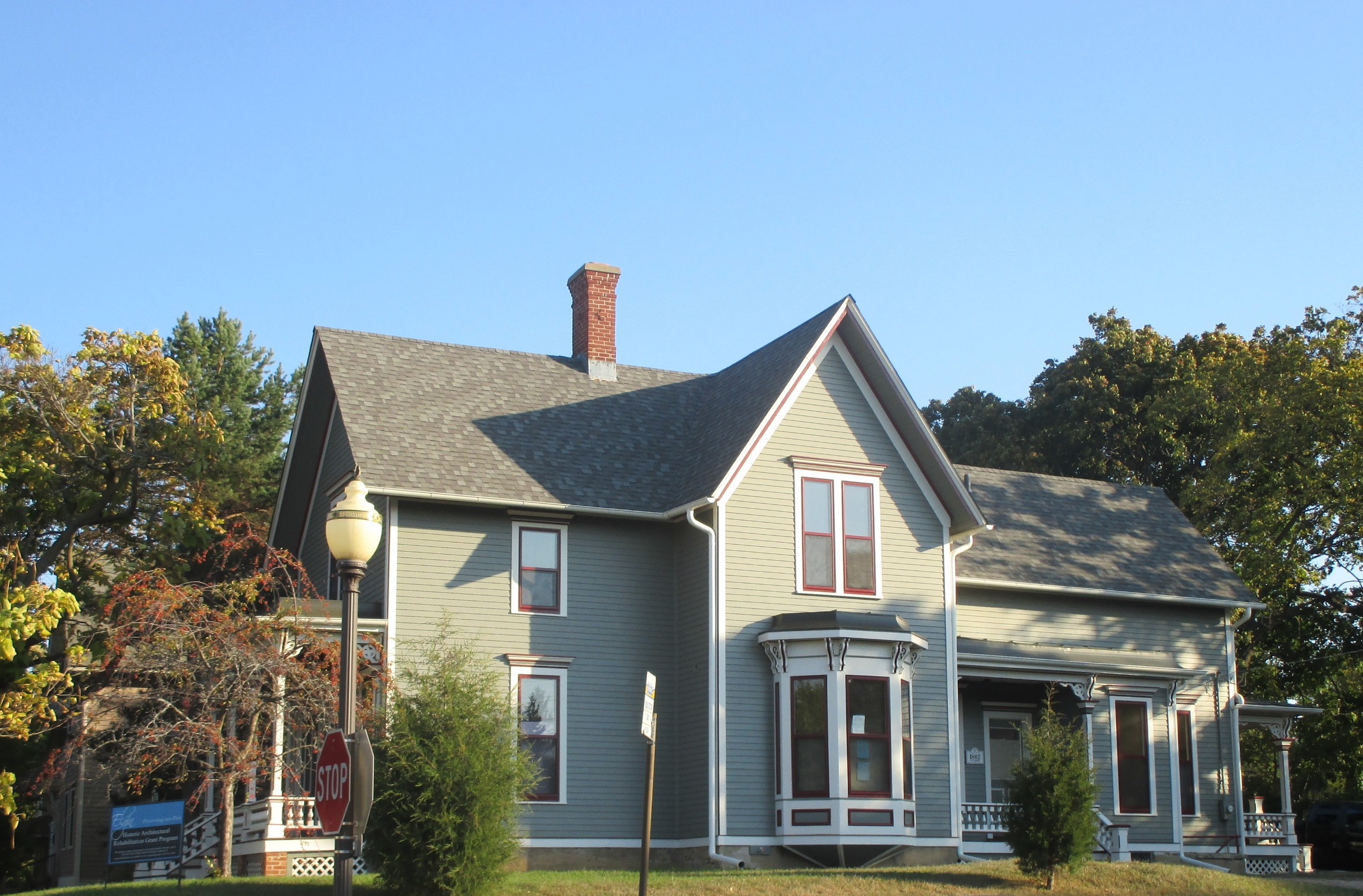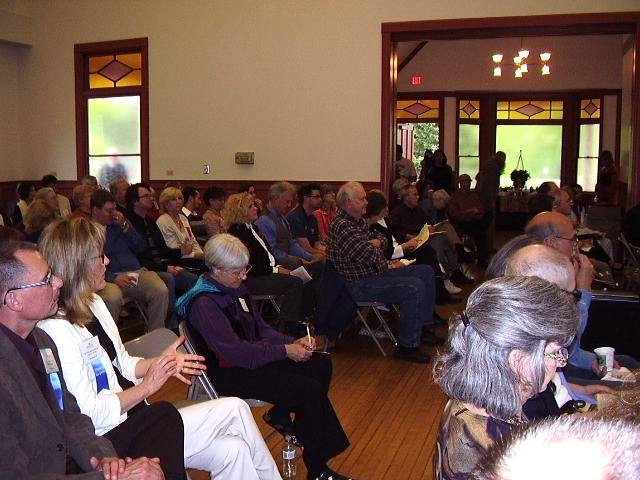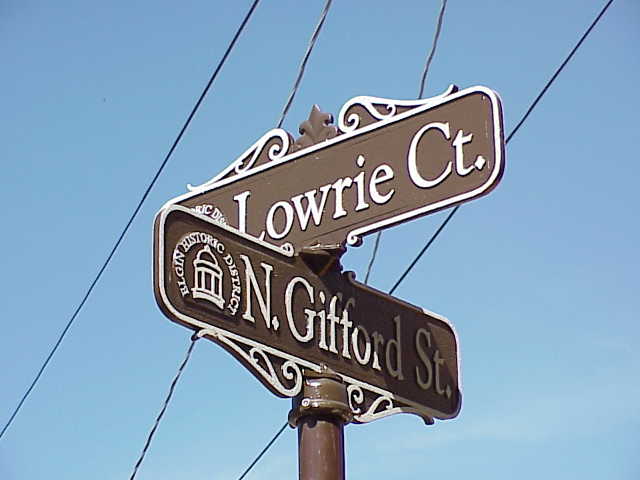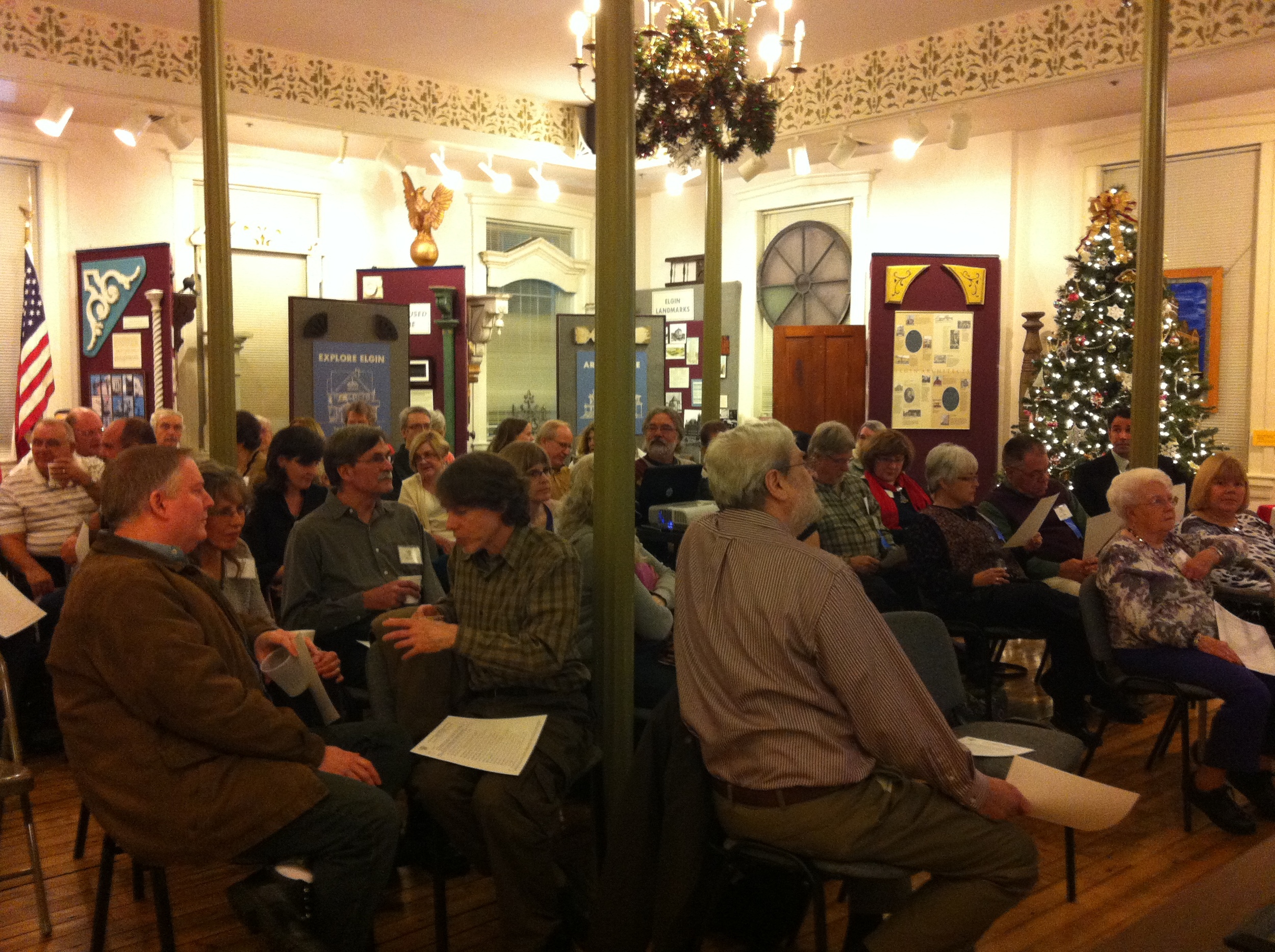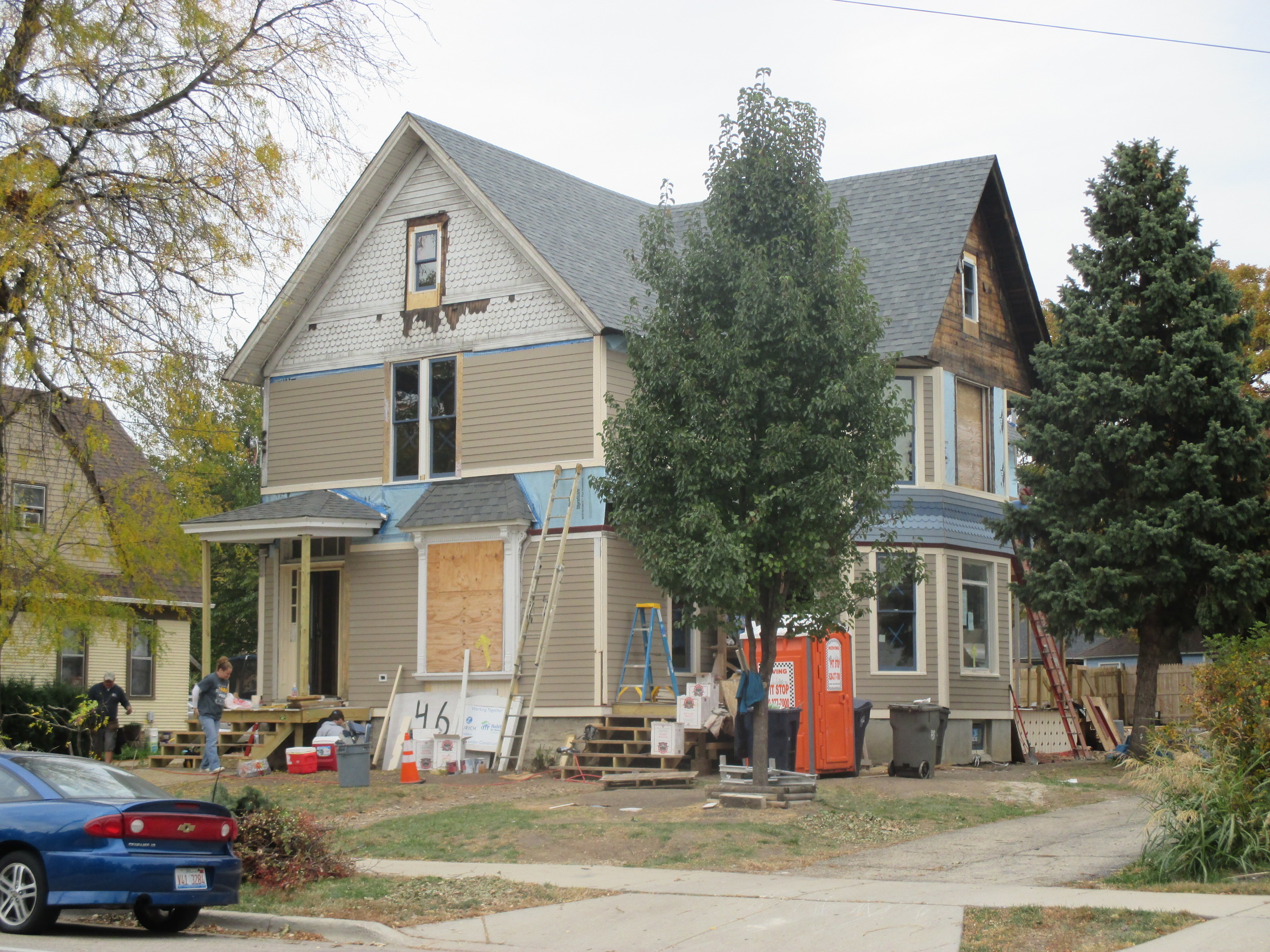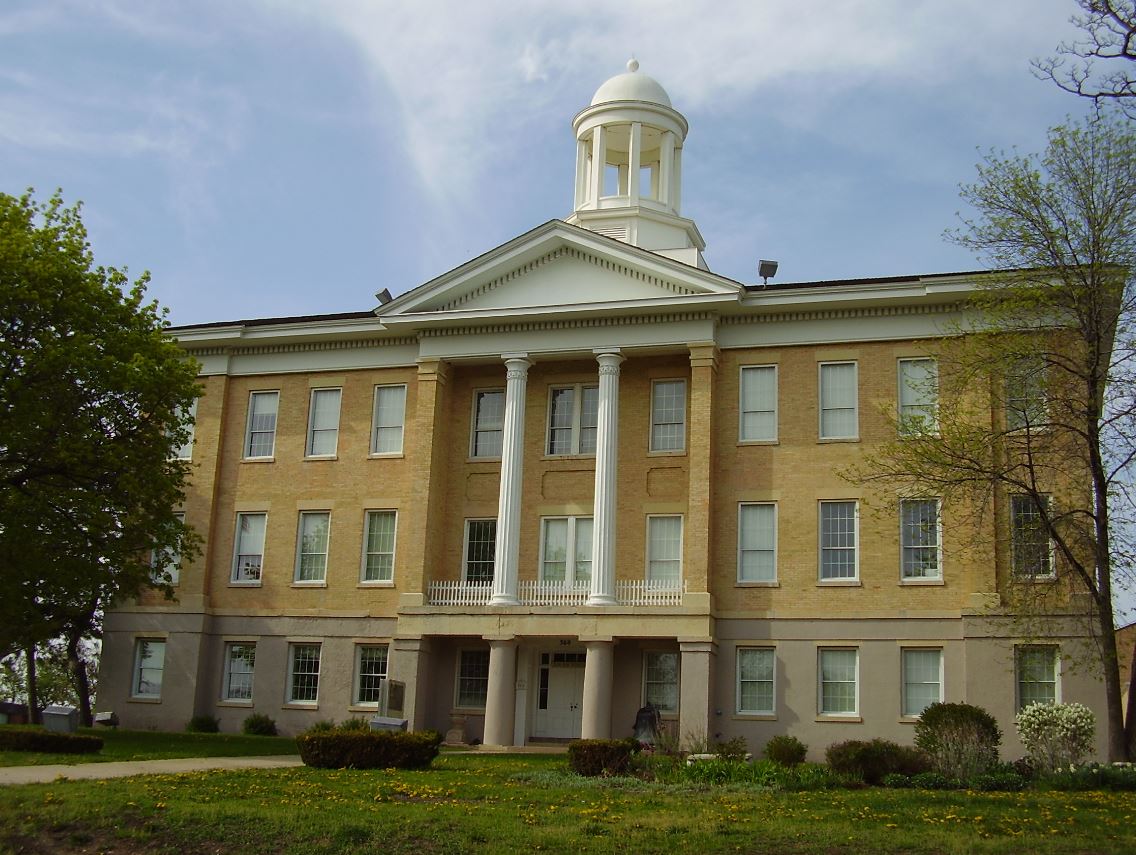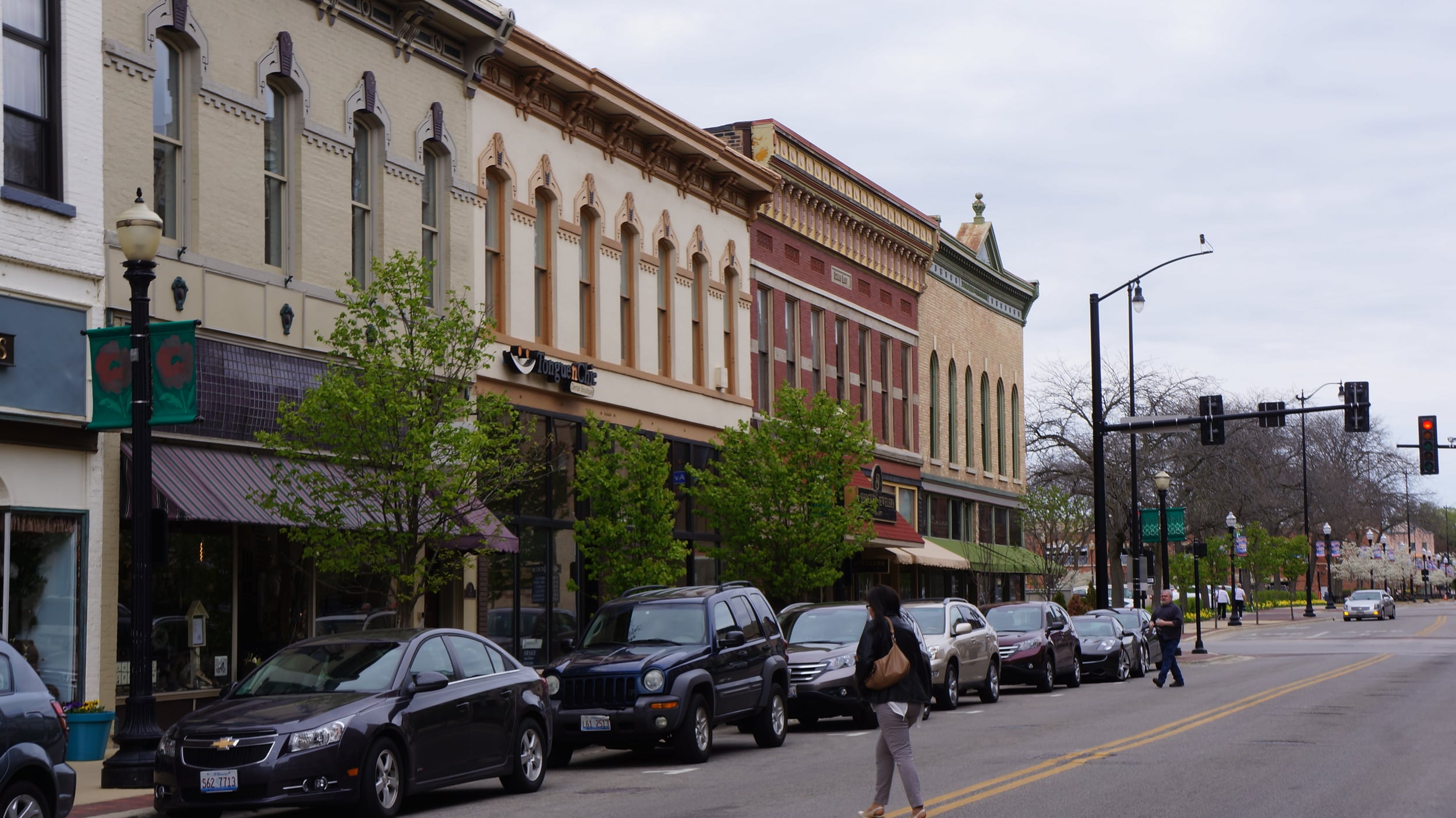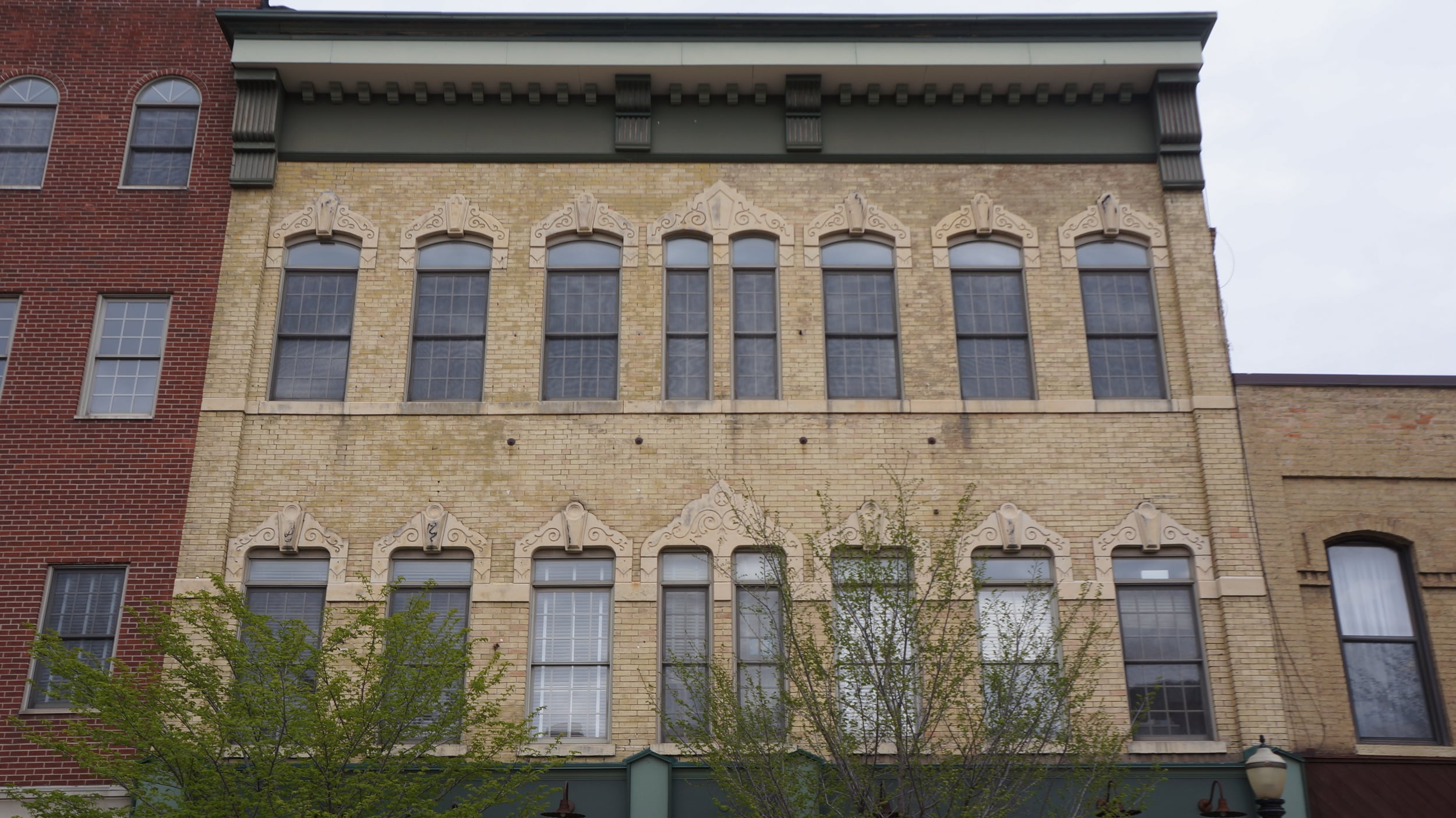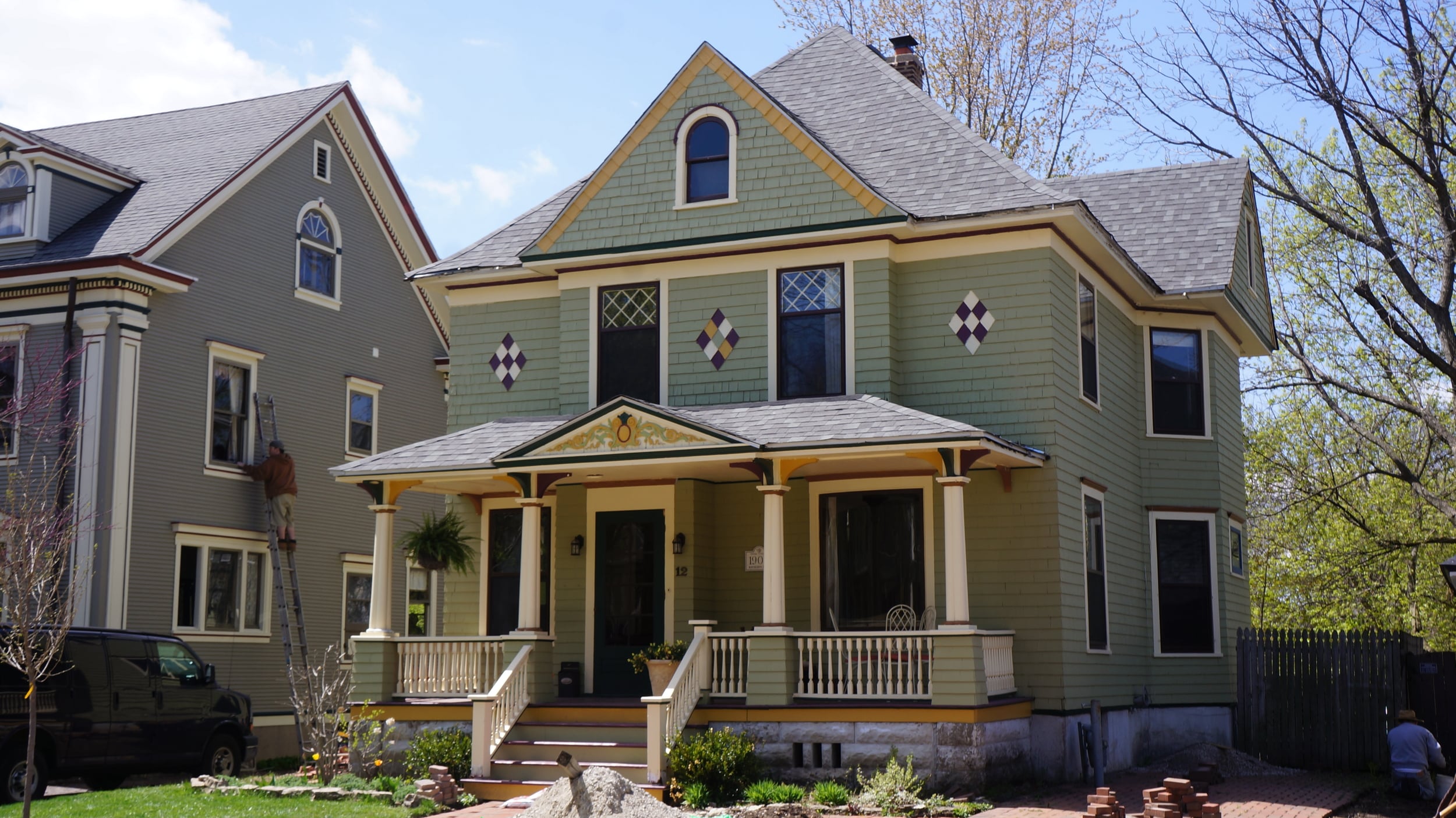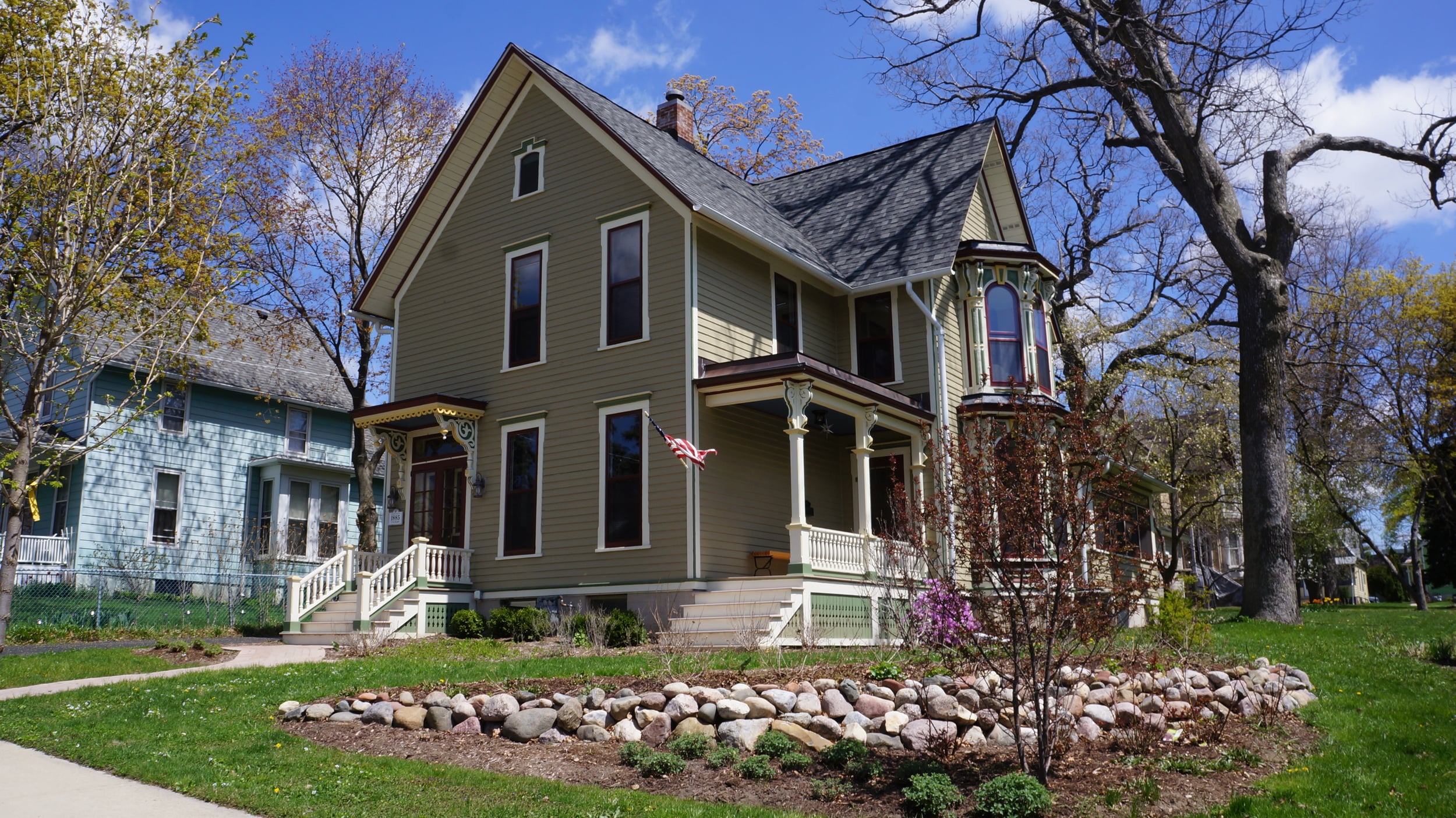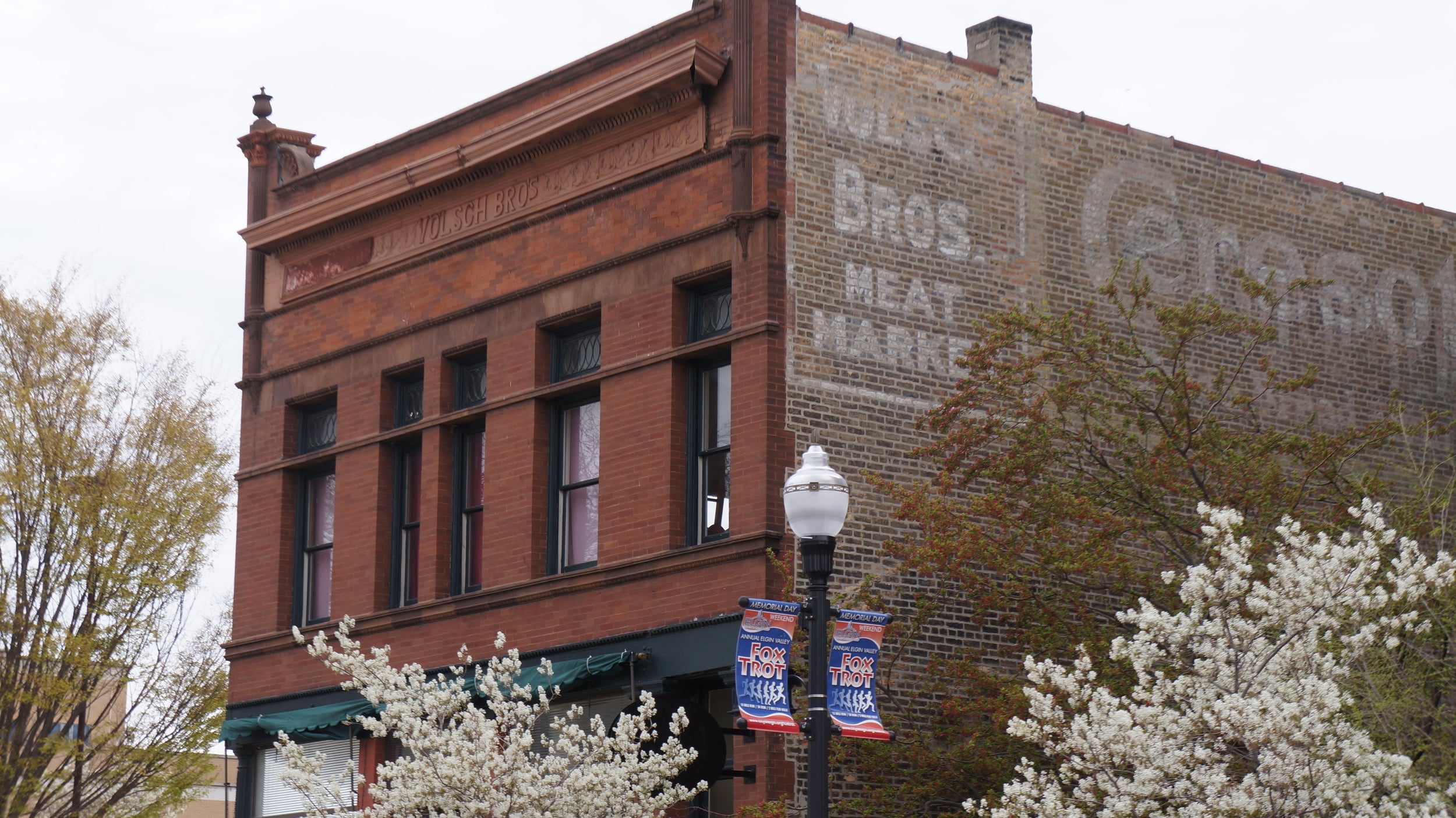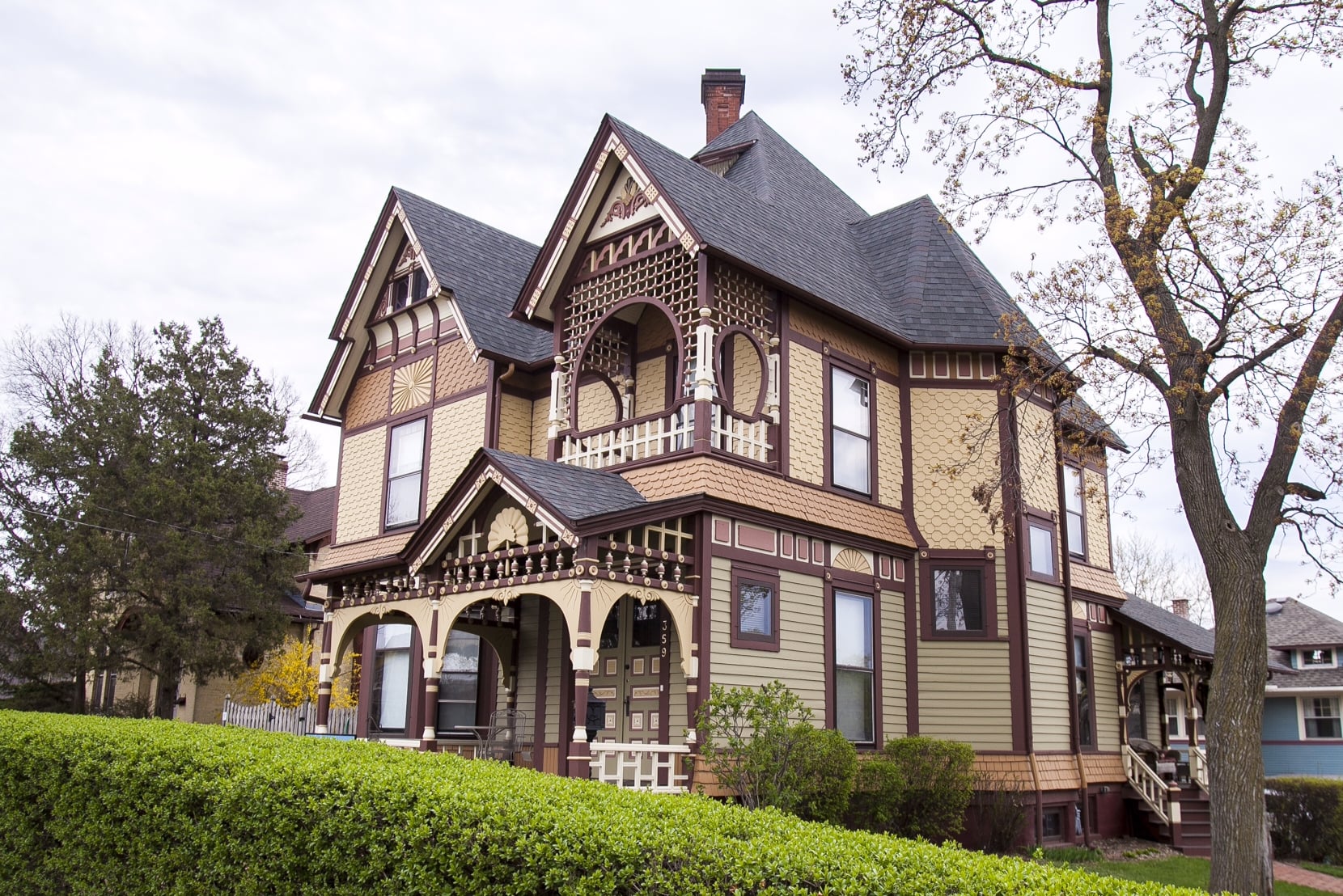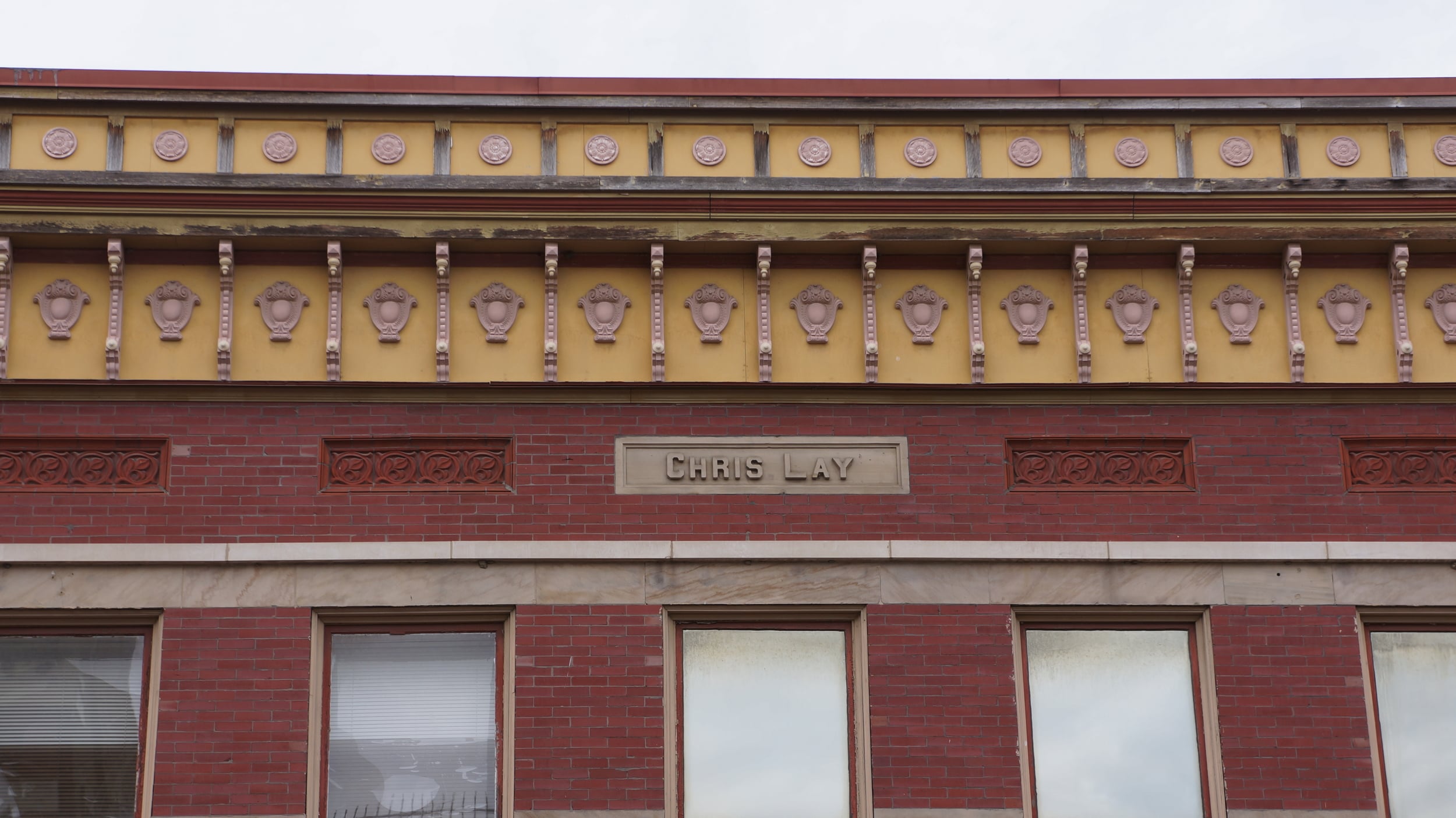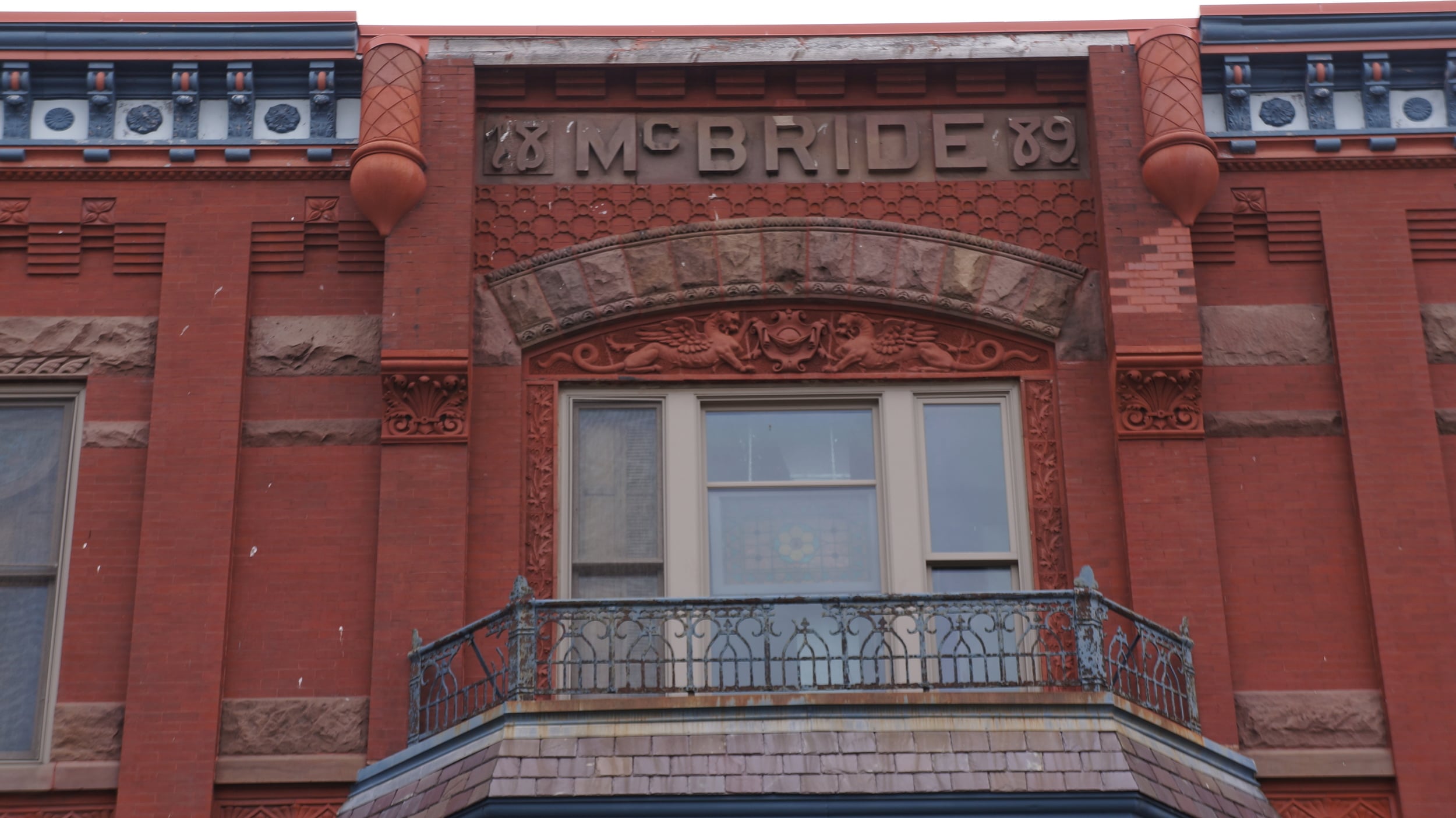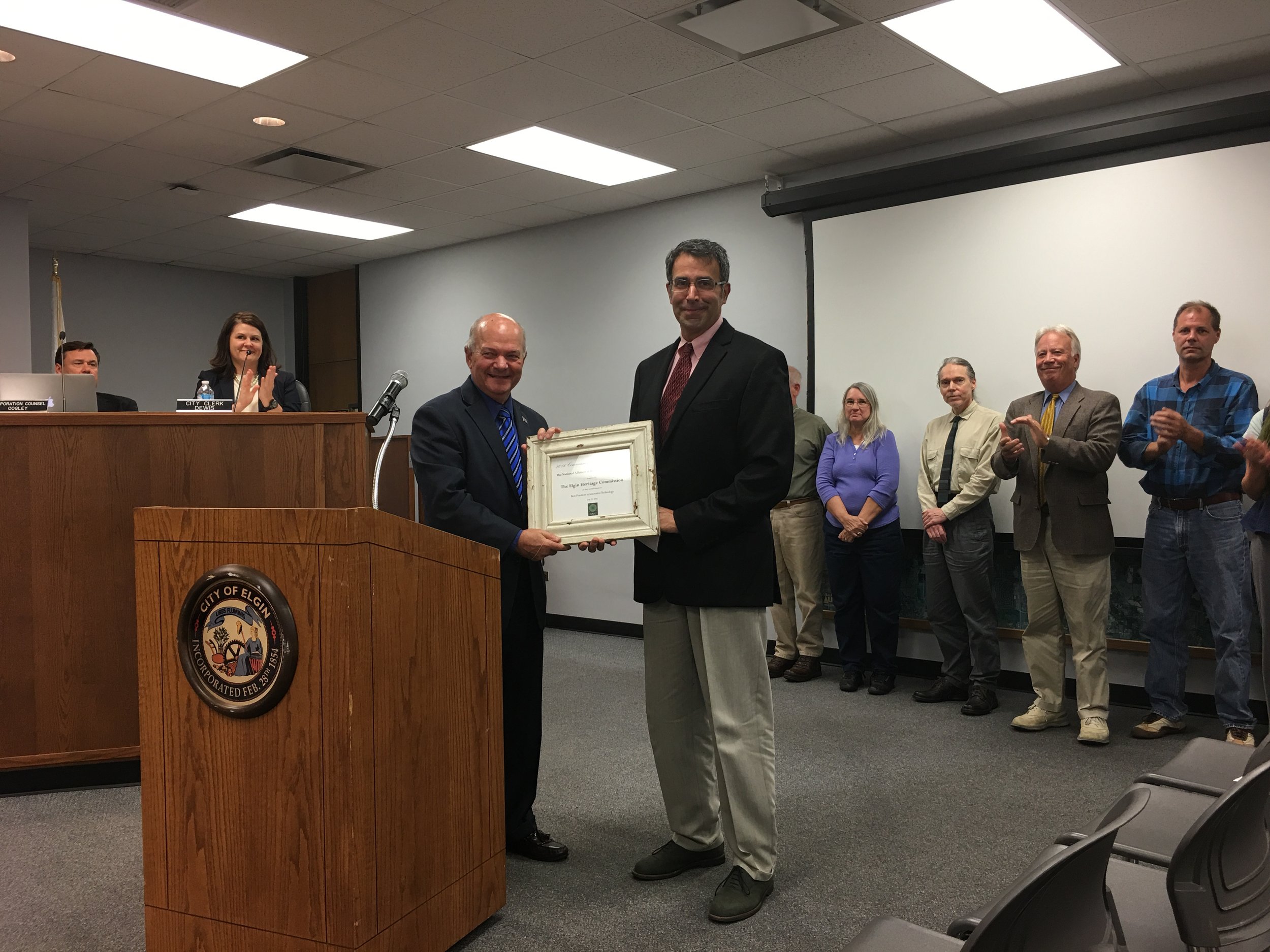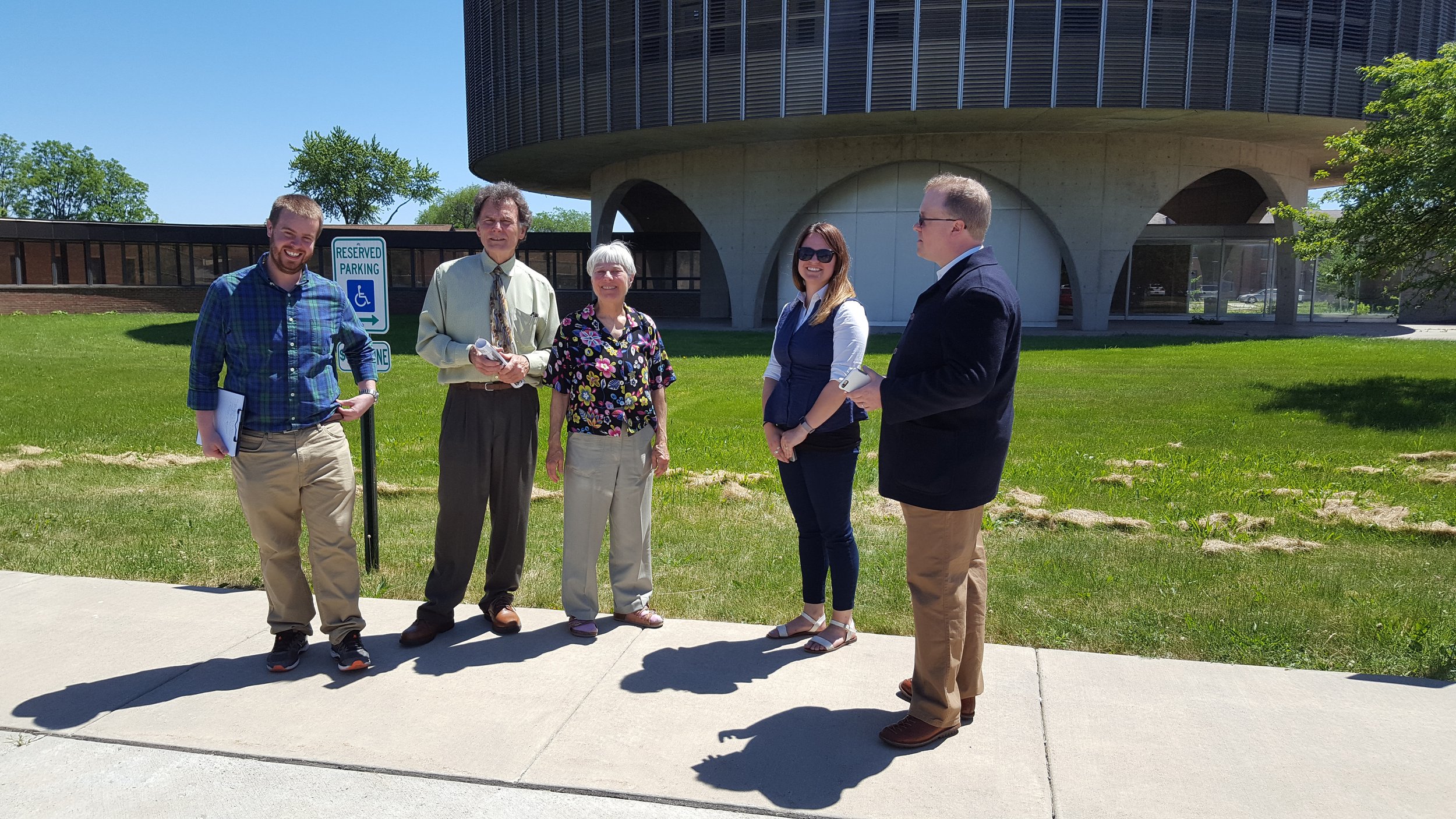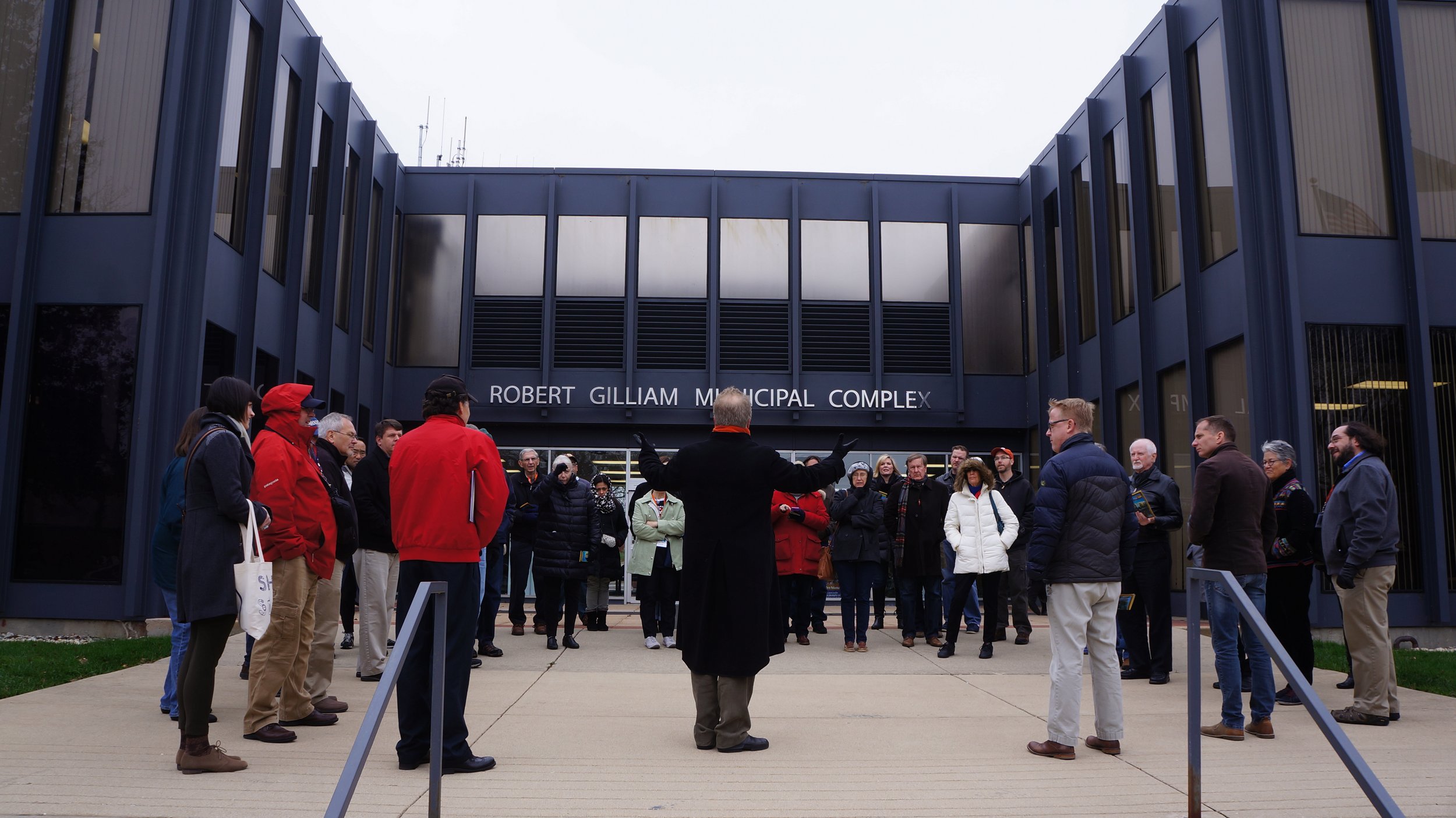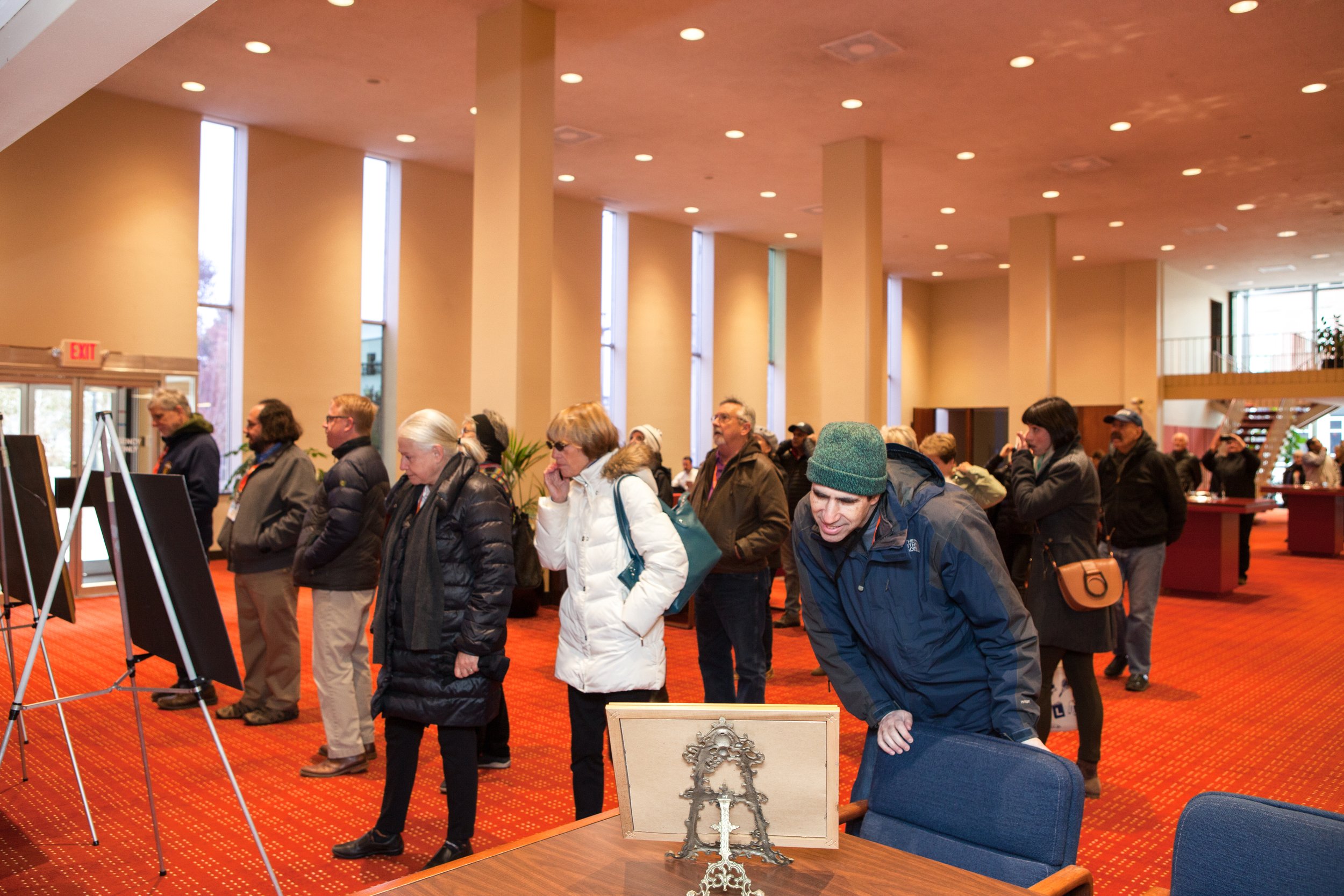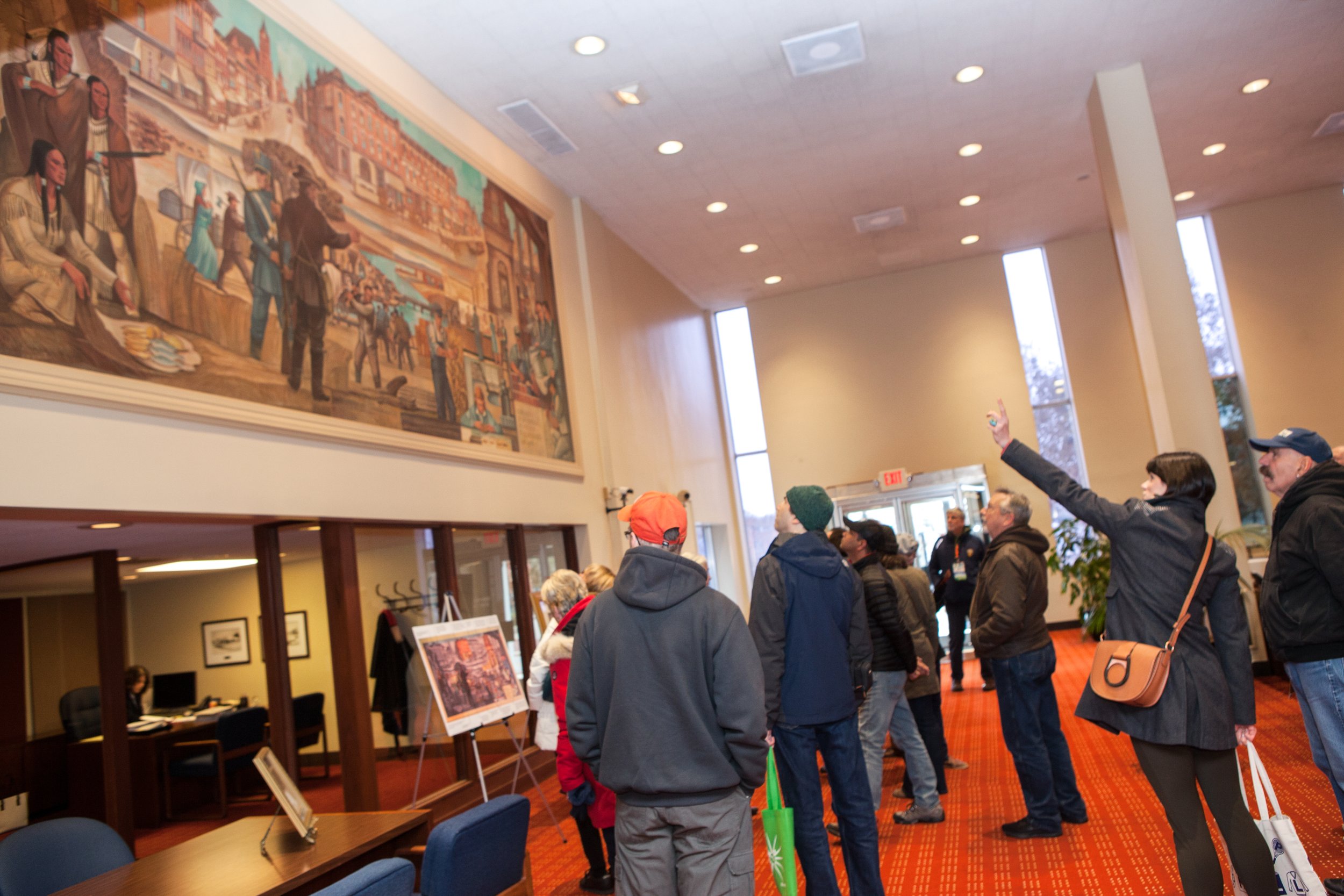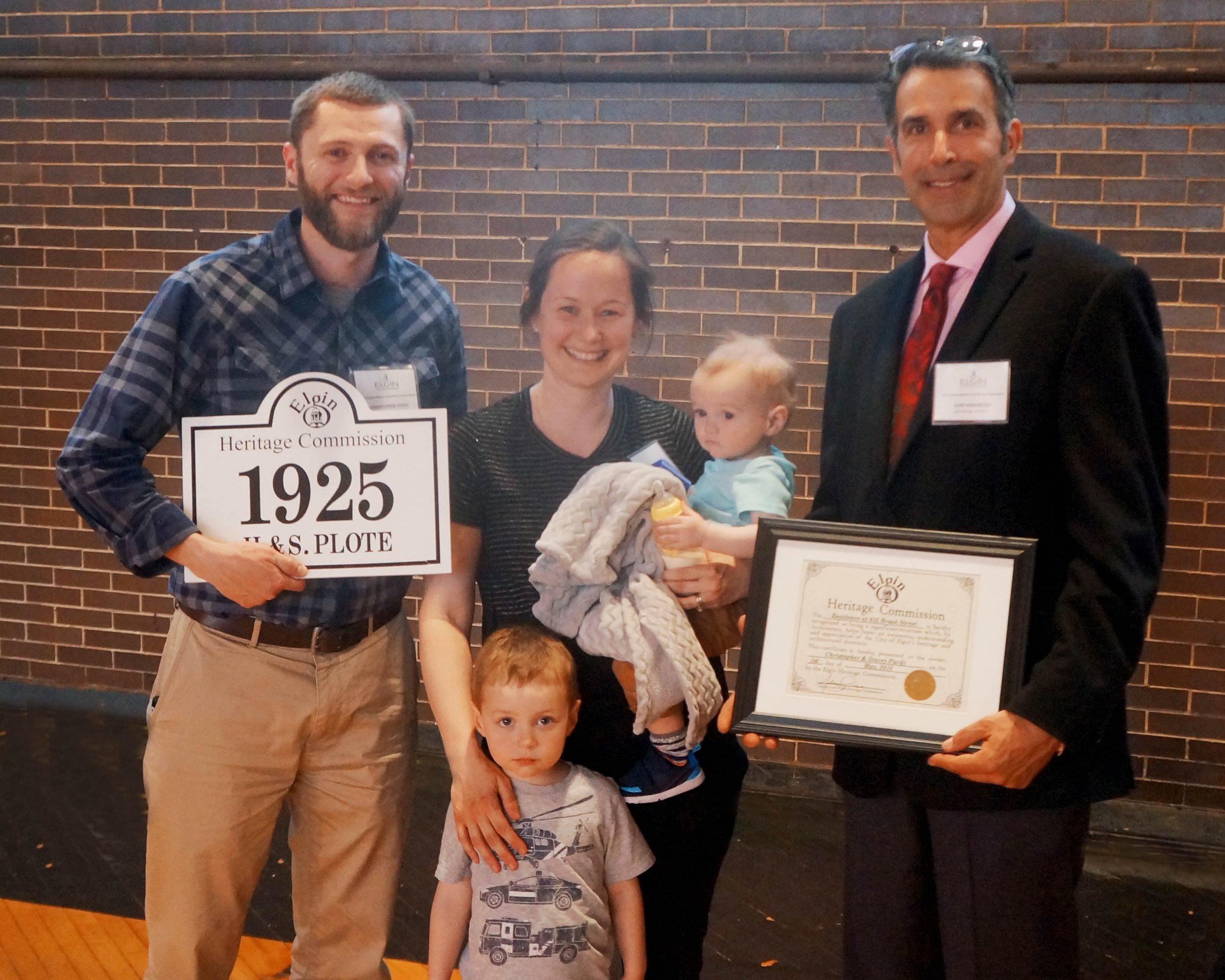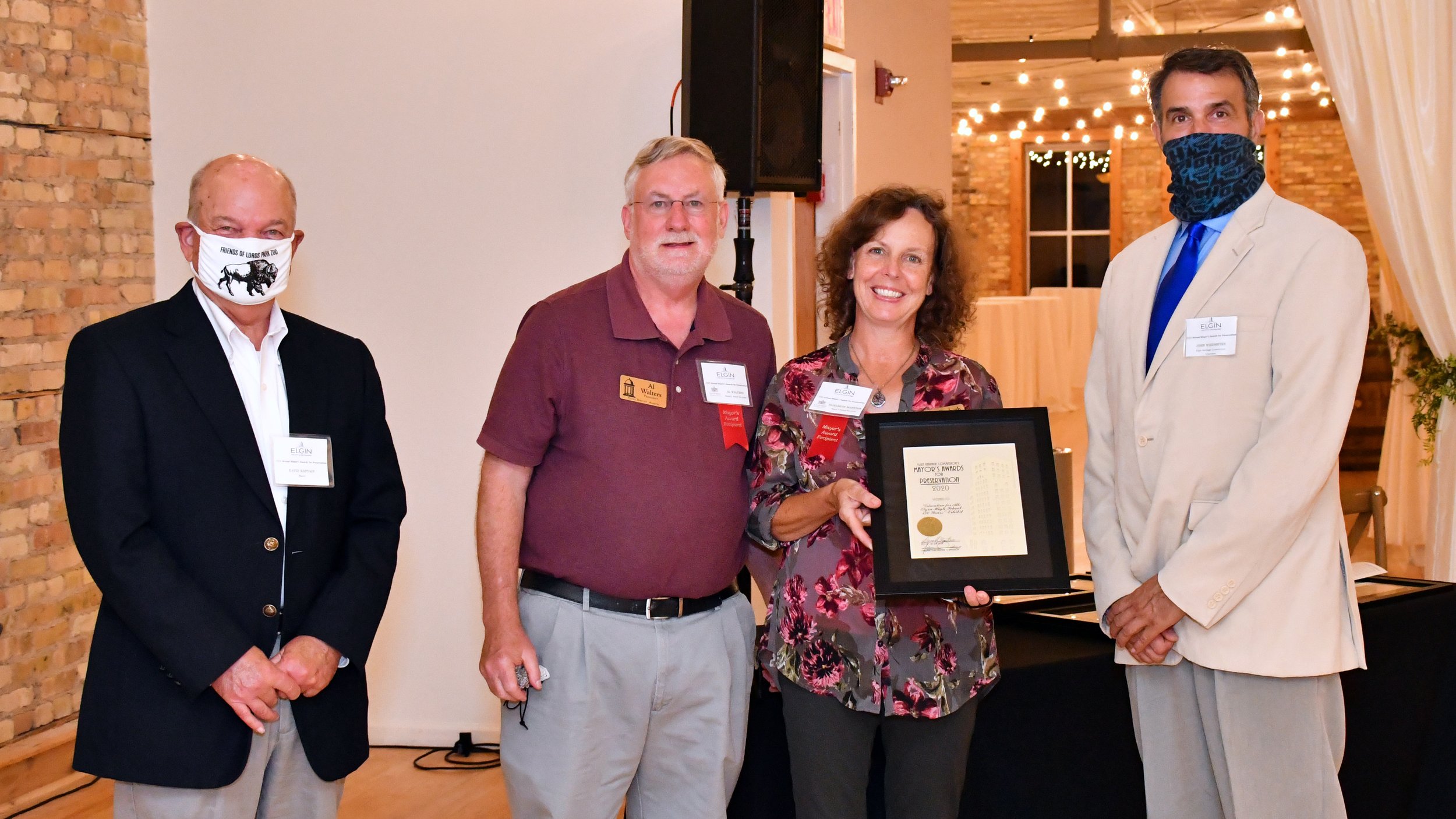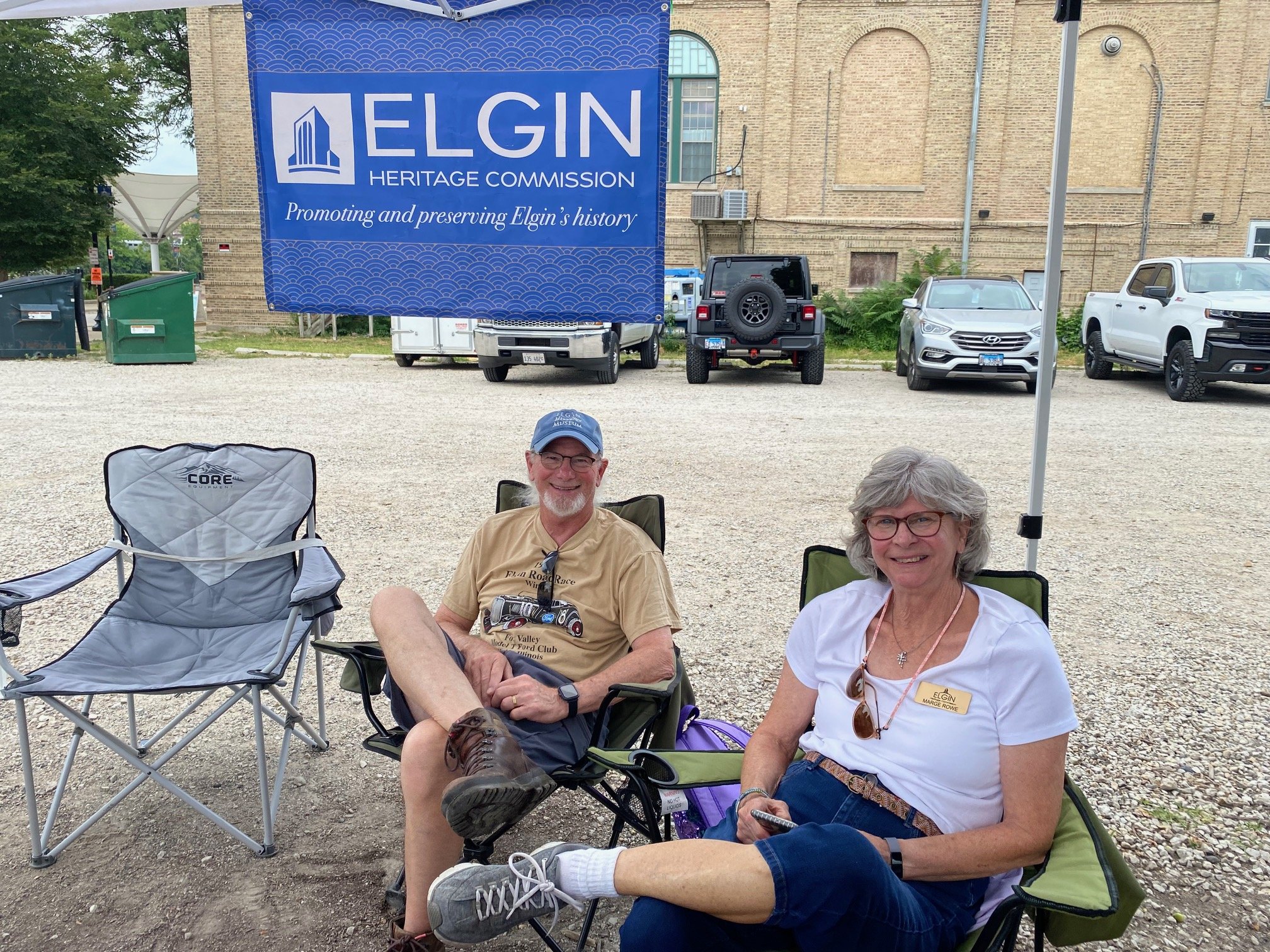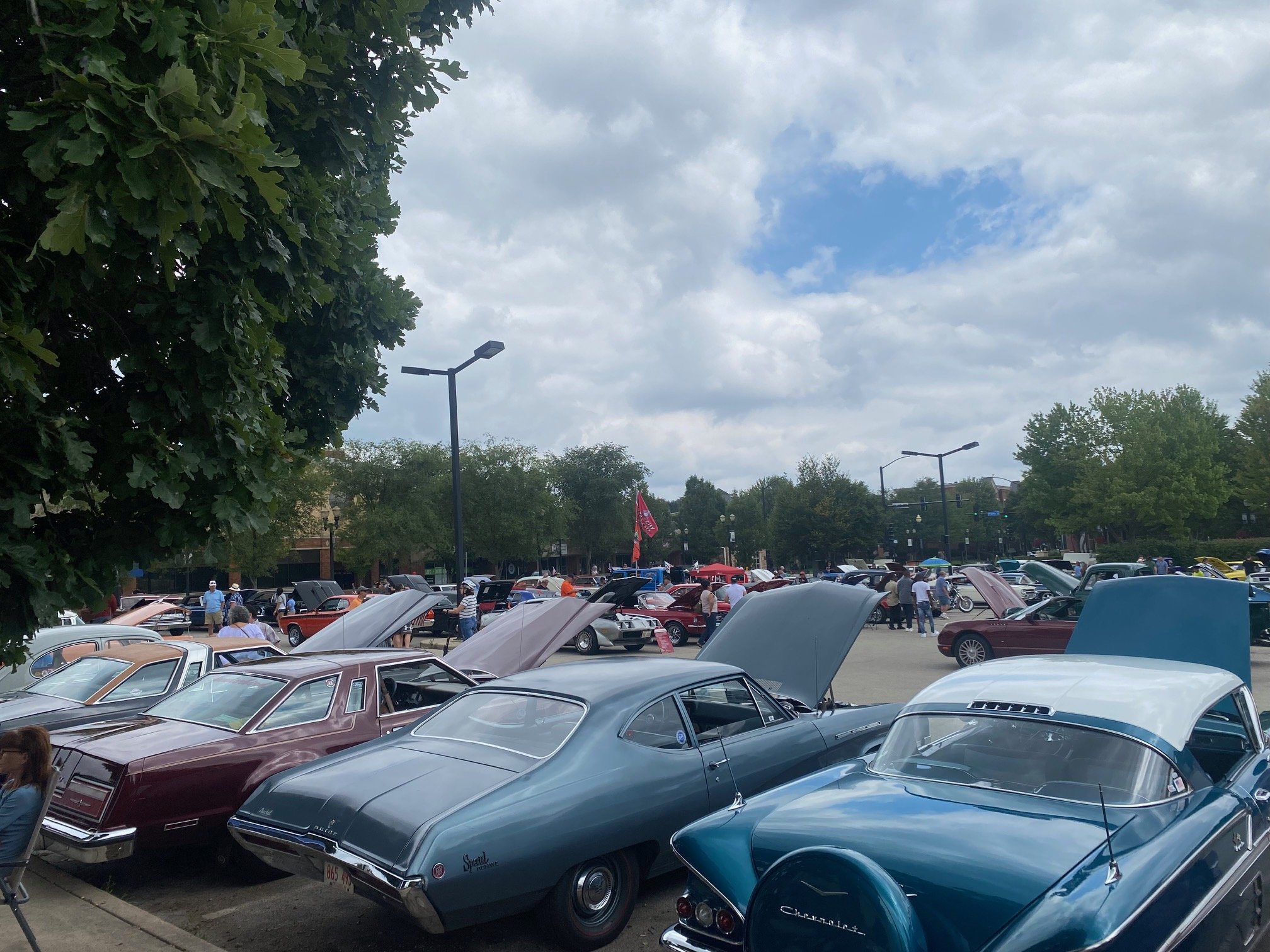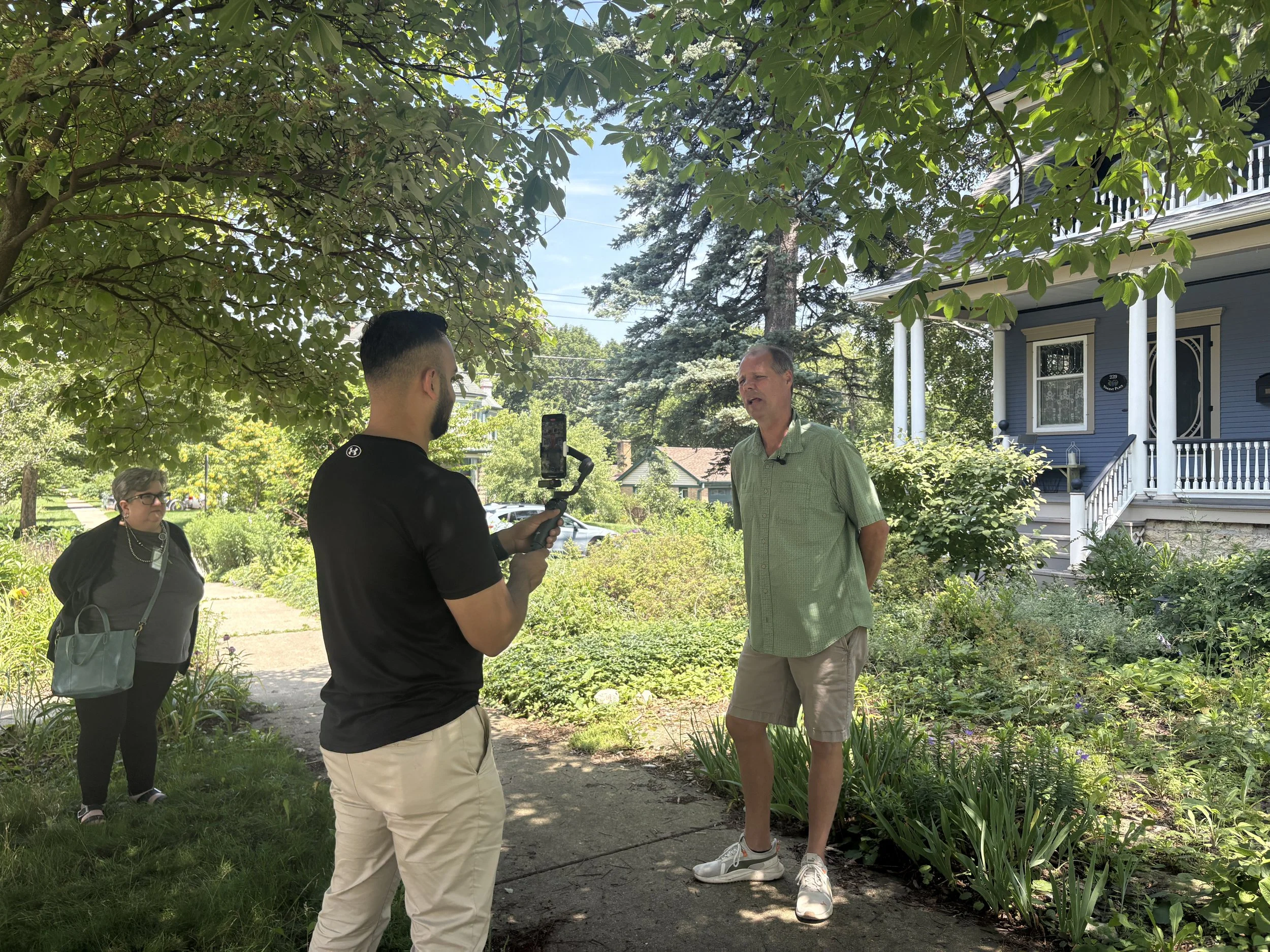ABOUT ELGIN
The Elgin Heritage Commission
The Elgin Heritage Commission is a citizen's advisory body that promotes Elgin's historic preservation activity through the protection, maintenance, preservation and education of the city's architectural, historic, and cultural resources. Elgin's plaque program has been a popular program since 1986 for it identifies and promotes awareness and appreciation of those buildings in Elgin which have historical and/or architectural value. This interactive website that the Heritage Commission collaboratively created allows for the history and research behind those plaques to be accessible to everyone. Elgin is proud of its heritage and welcomes you to explore our City's historic treasures!
Overview of Elgin
The City of Elgin (2020 population of 114,797) is located on the Fox River in northeastern Illinois approximately 40 miles northwest of the city of Chicago. Elgin developed on gently rolling hills along both sides of the Fox River. Today, the city encompasses approximately 37 square miles and is considered part of the Metropolitan Chicago area.
The first Anglo-European settler in Elgin was Hezekiah Gifford who first arrived in 1834 and returned with his brother James Gifford in April of 1835 to permanently settle in the area. Other families soon followed and by 1837 a dam was built across the Fox River to provide power for grist mills. The original town plat was recorded by James Gifford in 1842. The town benefited from being along the major east-west route between Galena and Chicago.
The coming of the railroad spurred growth and development in the community. Throughout the 1850s, Elgin was a major dairy center for the region and shipped train cars of milk into Chicago. By 1860, Gail Borden opened a condensed milk plant here.
In addition to the dairy industry, the opening of the Elgin National Watch Company had a major effect on the growth of the city. This company founded its operations in Elgin in 1866 and produced its first watch in 1867. The company was the largest producer of watches in America and became the largest watch factory in the world. From the 1870s to the 1890s the growth of employment in the watch factory more than doubled as did the population of Elgin. By 1890, the city's population had risen to 17,823 residents.
By the early 20th century, Elgin was a prosperous community with a wide variety of industries and businesses. This prosperity was reflected in the many fine homes built during these years and the rapid expansion of Elgin on both sides of the Fox River. Limestone quarries located south of Elgin near the Fox River supplied much of the stone used in building construction at the turn of the century. Many dwellings in Elgin boast fine cut limestone foundations, accent and trim work. Clay deposits long the river also provided a readily accessible material for brick manufacturing.
In addition to the residential area, Elgin also boasted a busy commercial area and various industries adjacent to the Fox River. Although the Elgin National Watch Company complex was razed in the 1960s, many other important commercial and industrial buildings remain today. In recent years, the city has promoted the revitalization of its downtown area and is now funding a variety of civic and historic preservation efforts.
Sources: Elgin Design Guideline Manual for Landmarks and Historic Districts; Audio: Text Aloud
